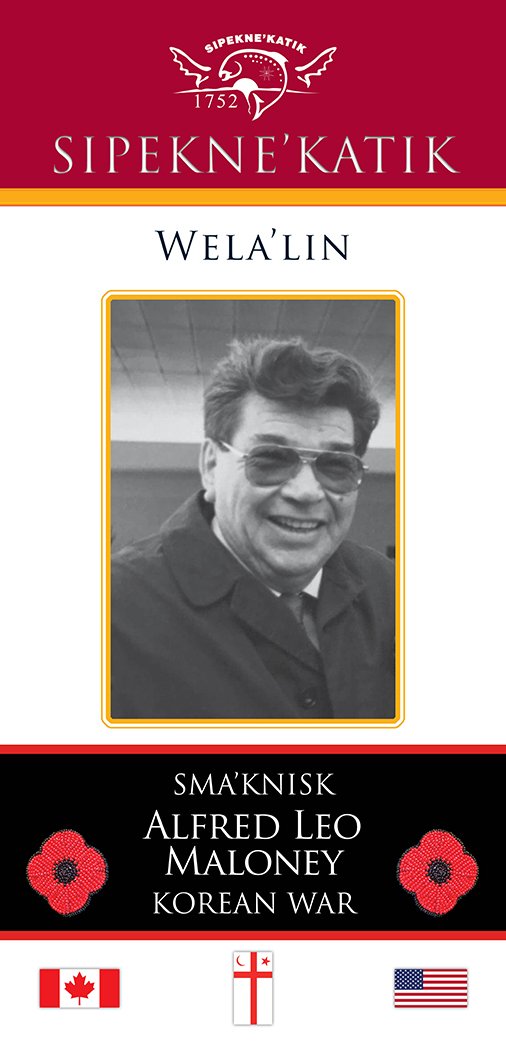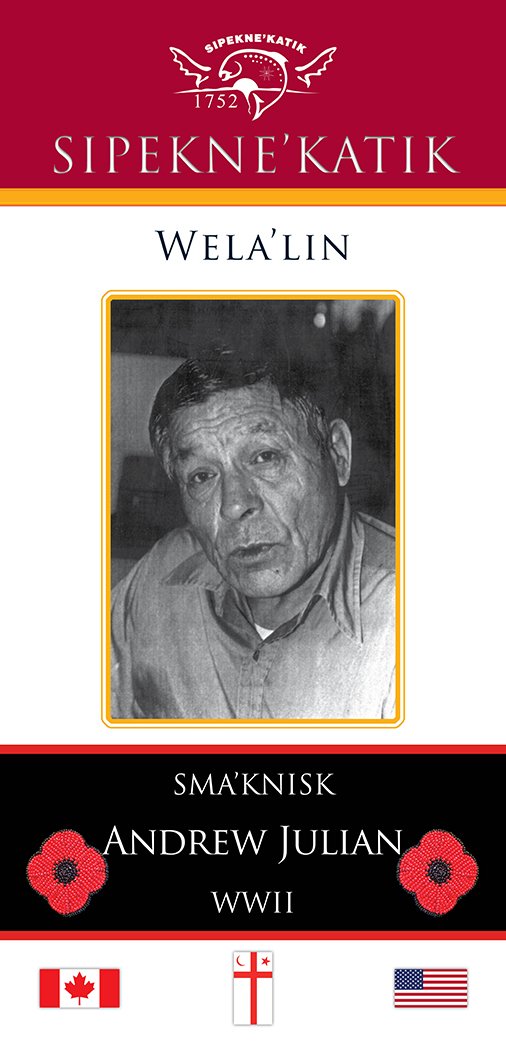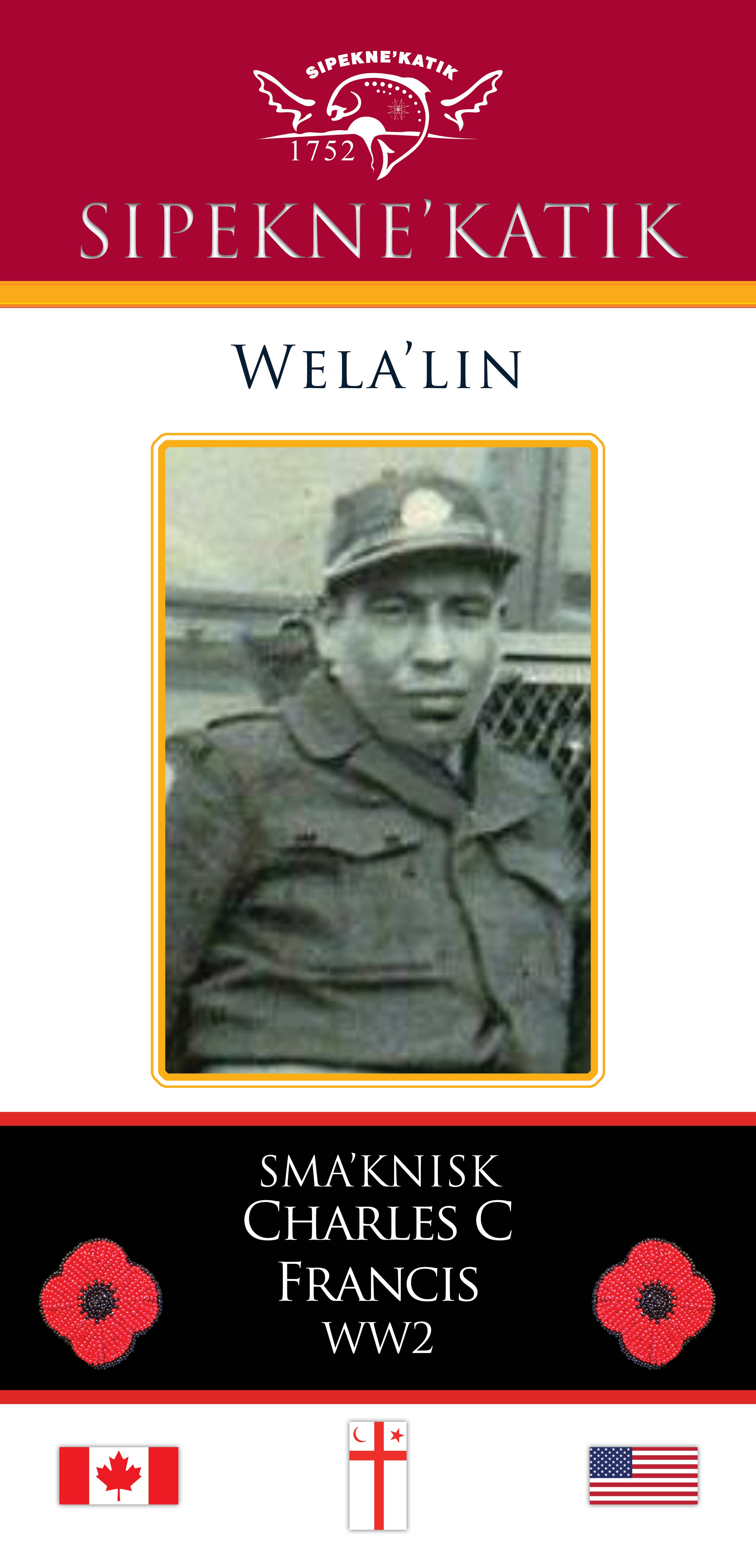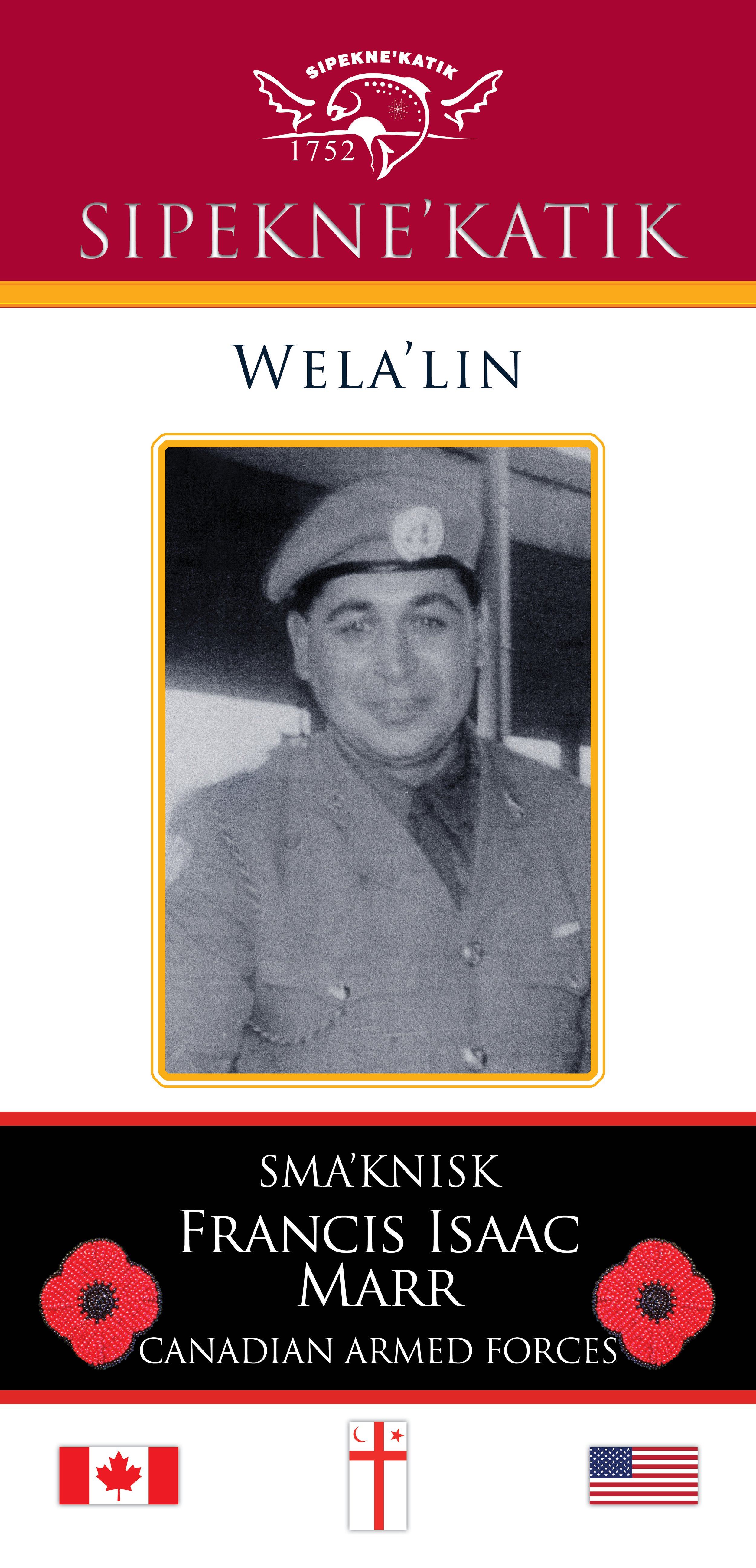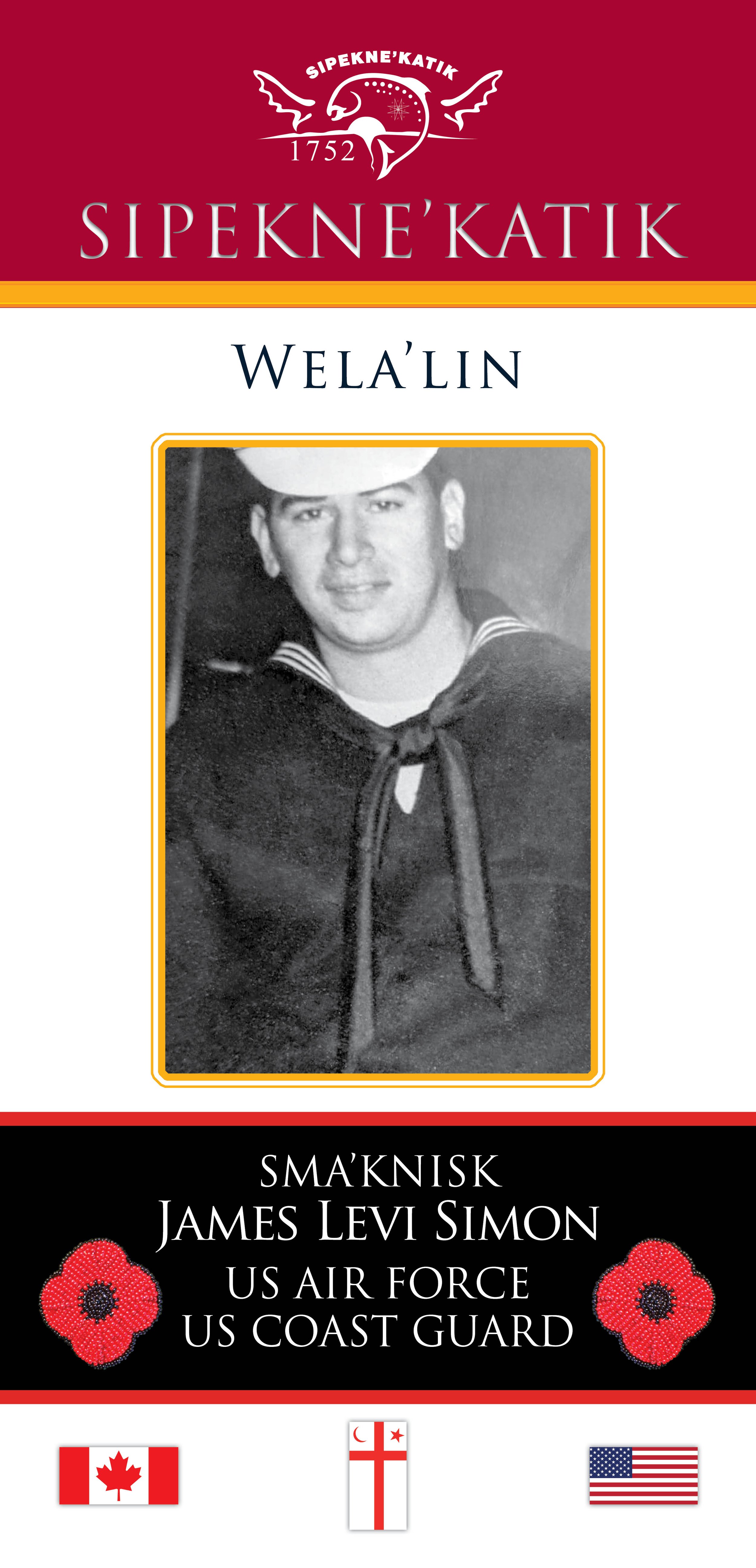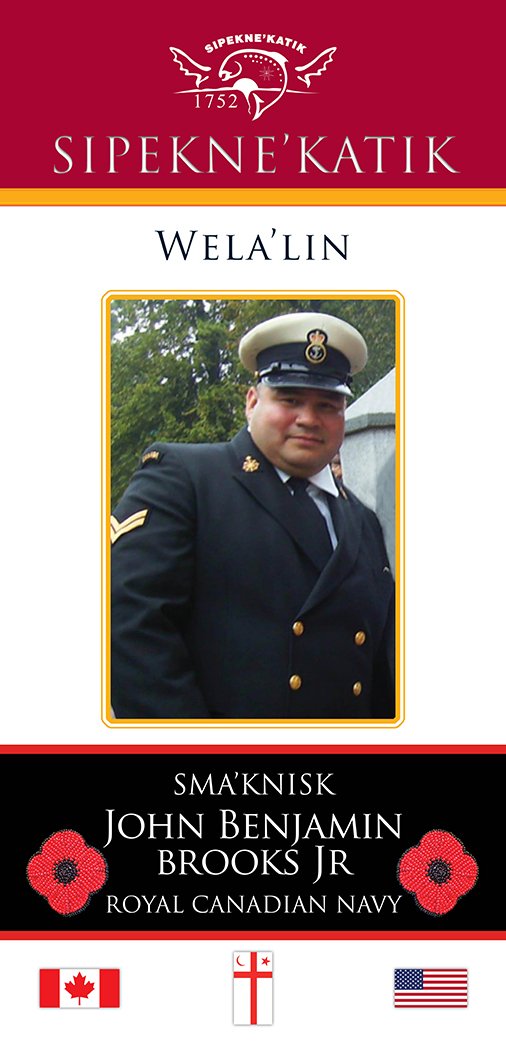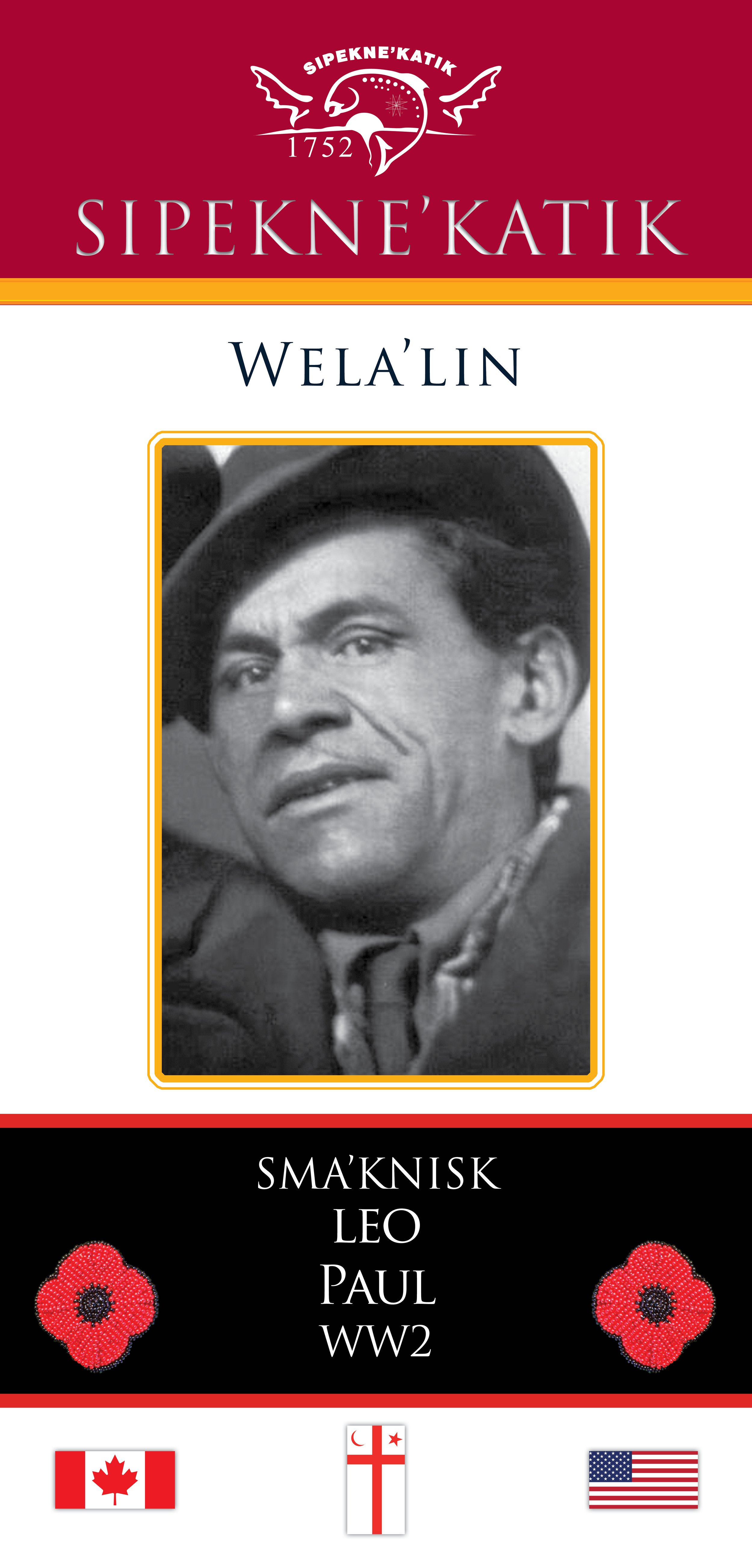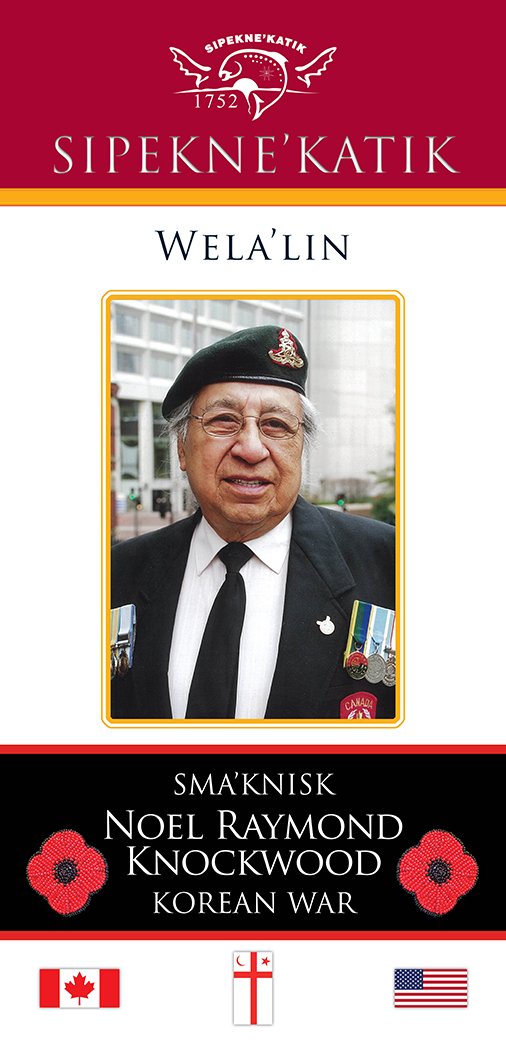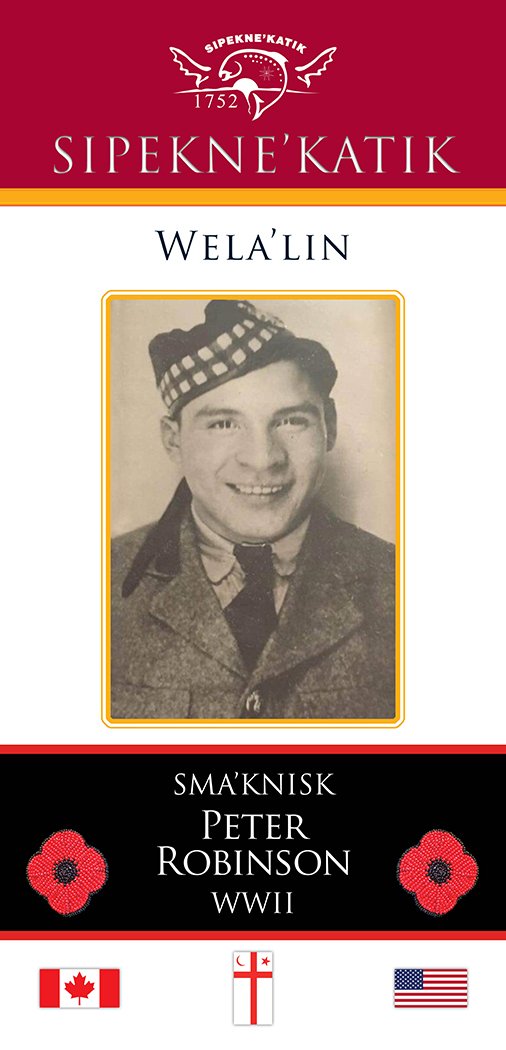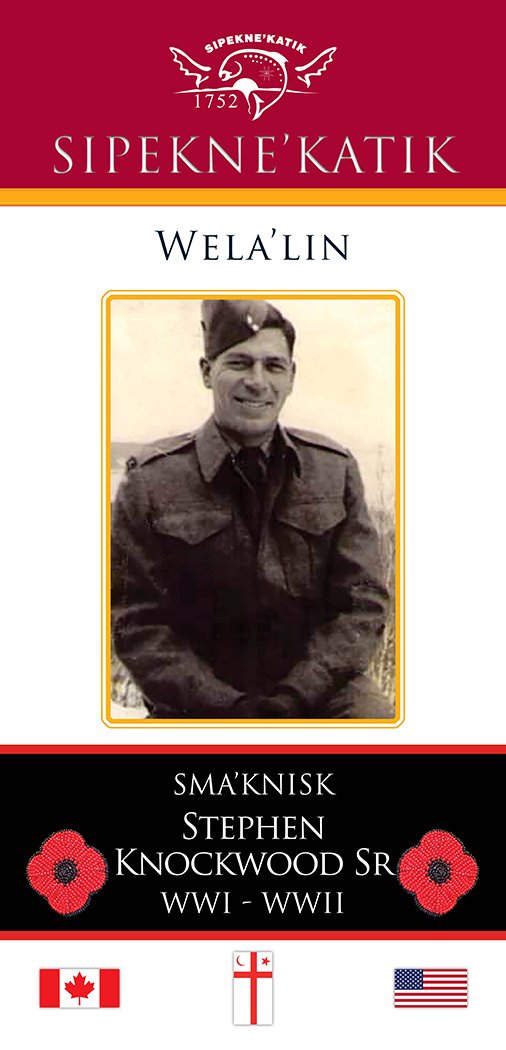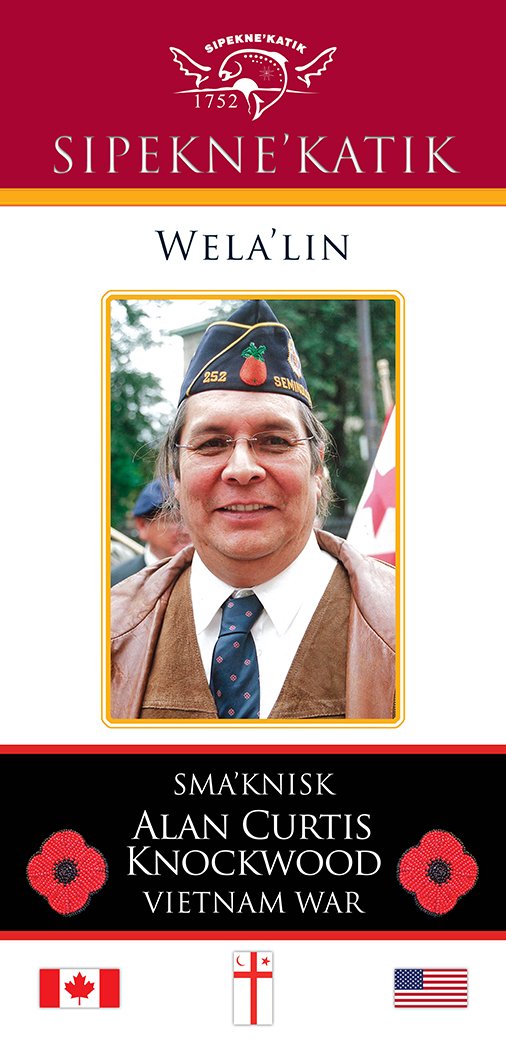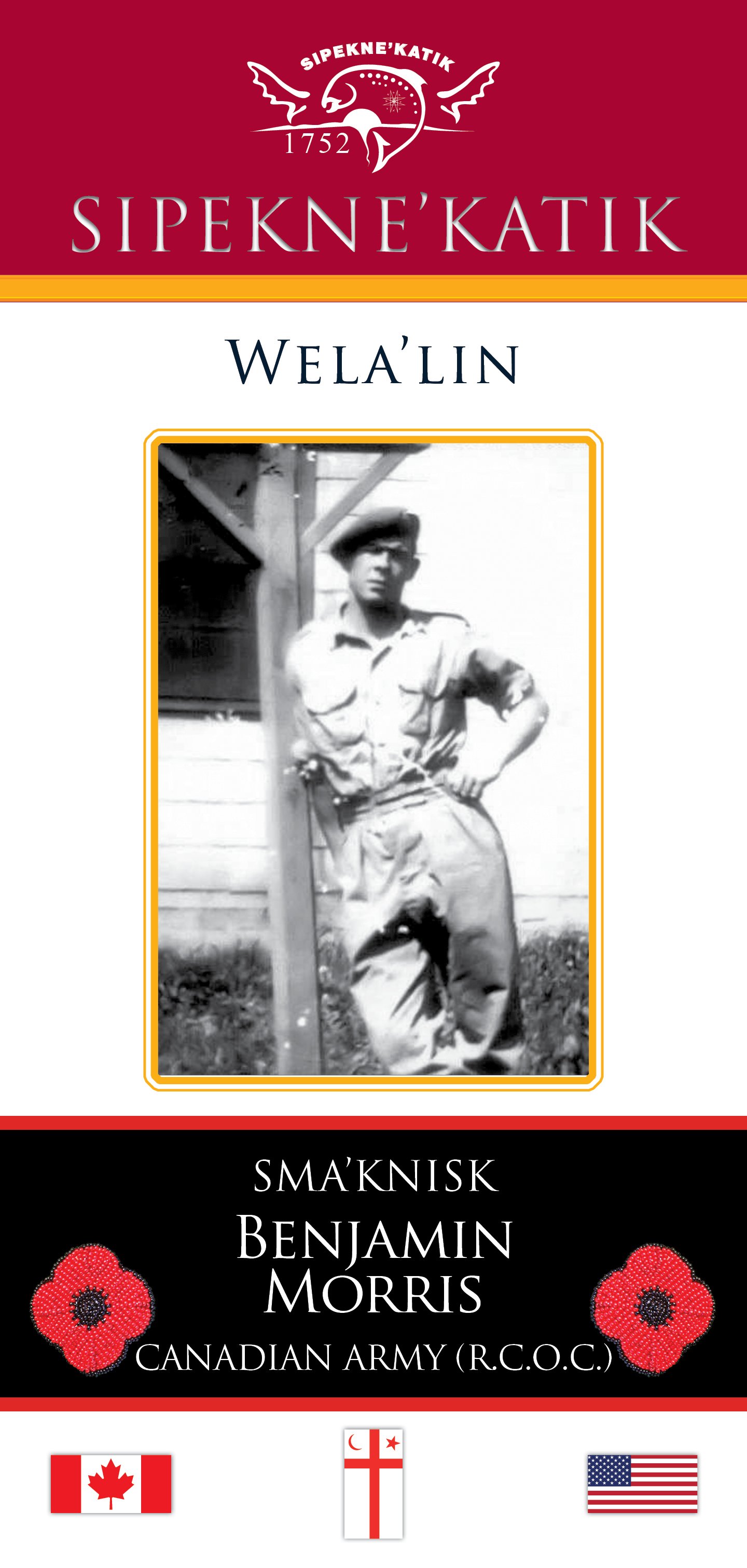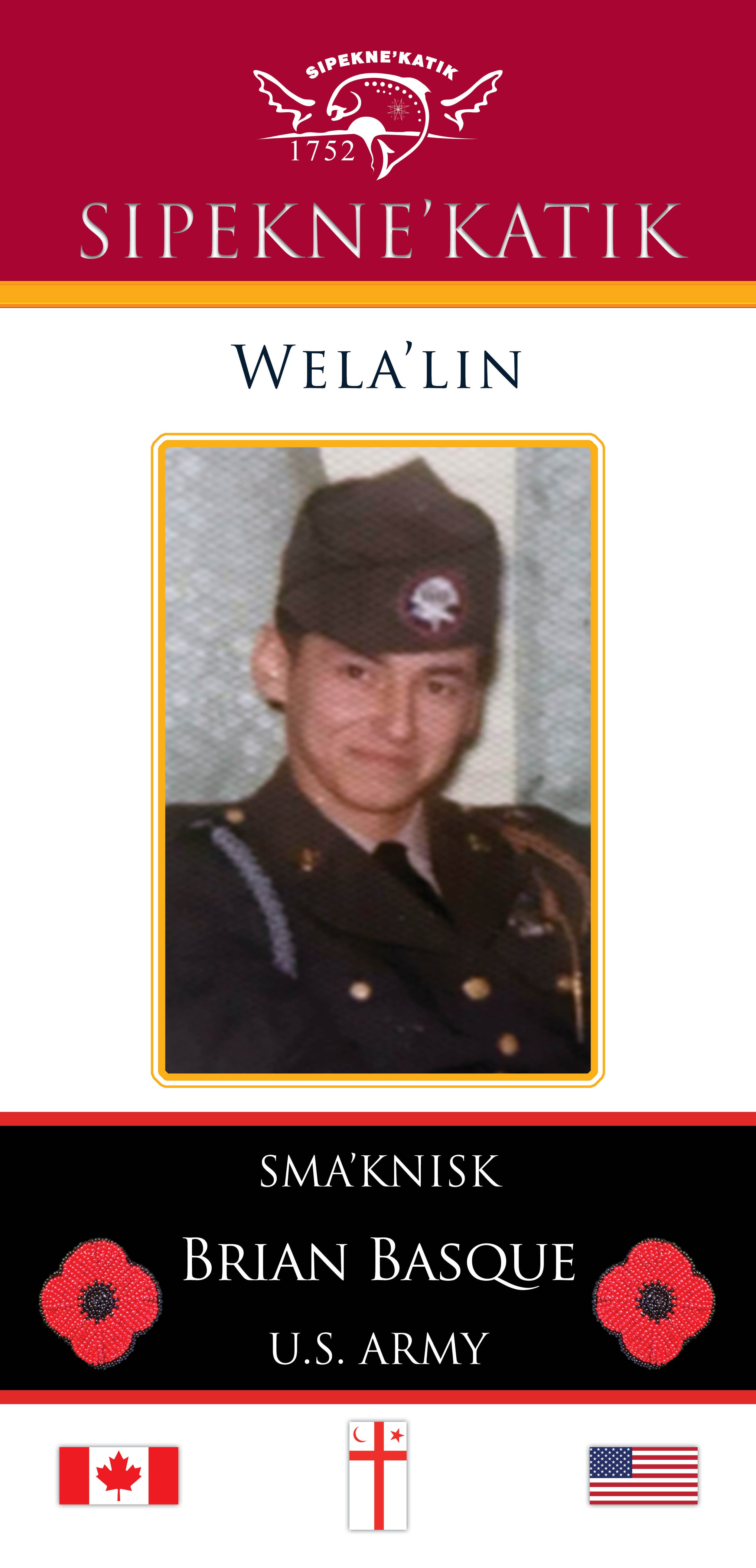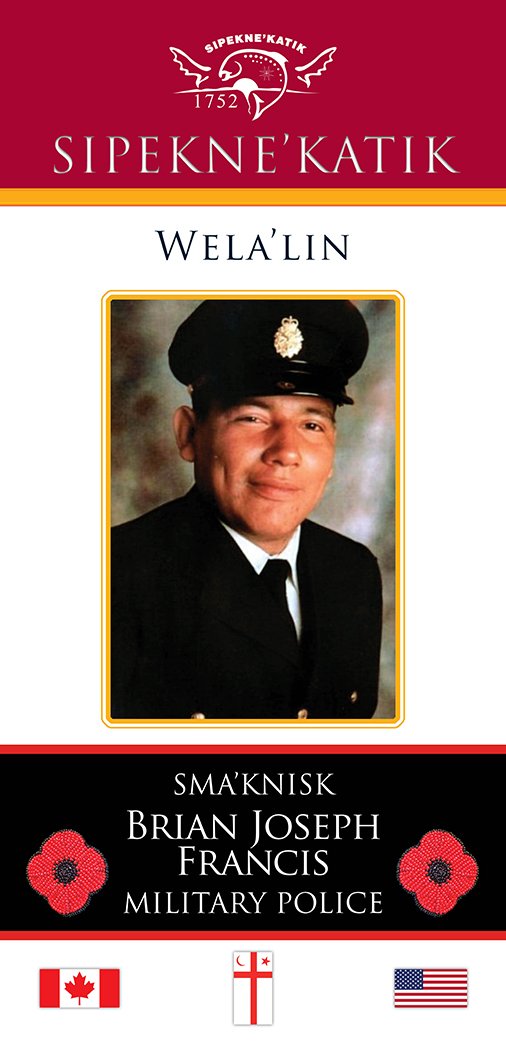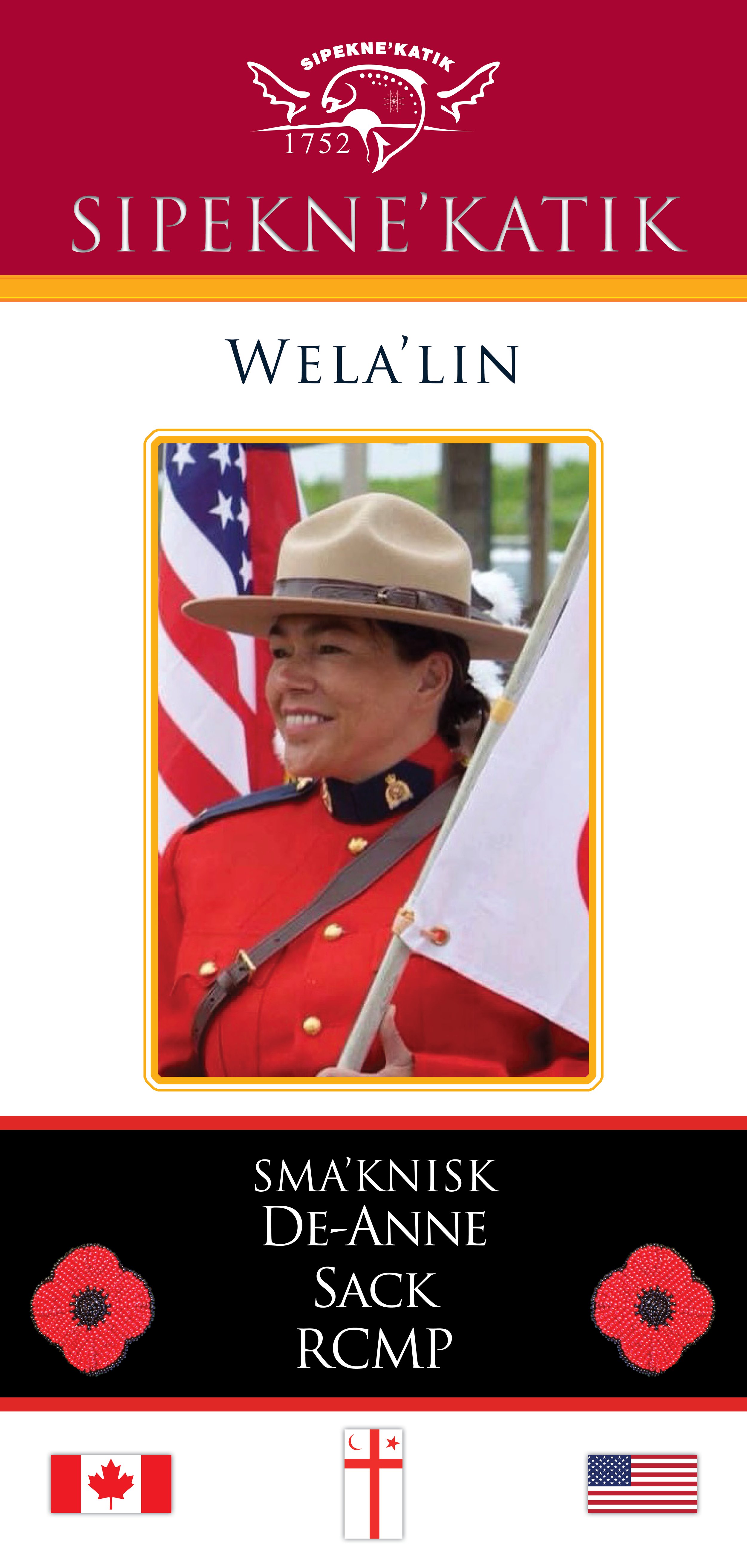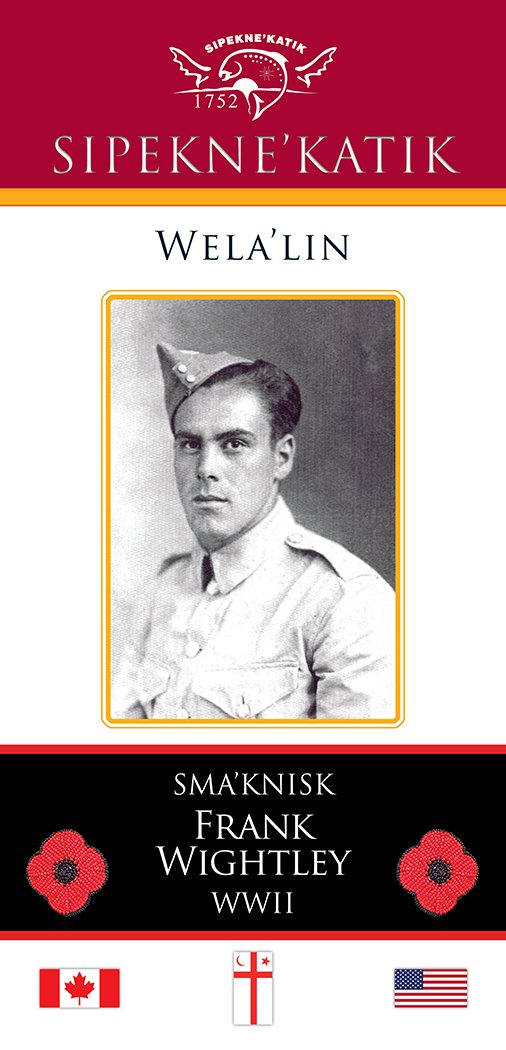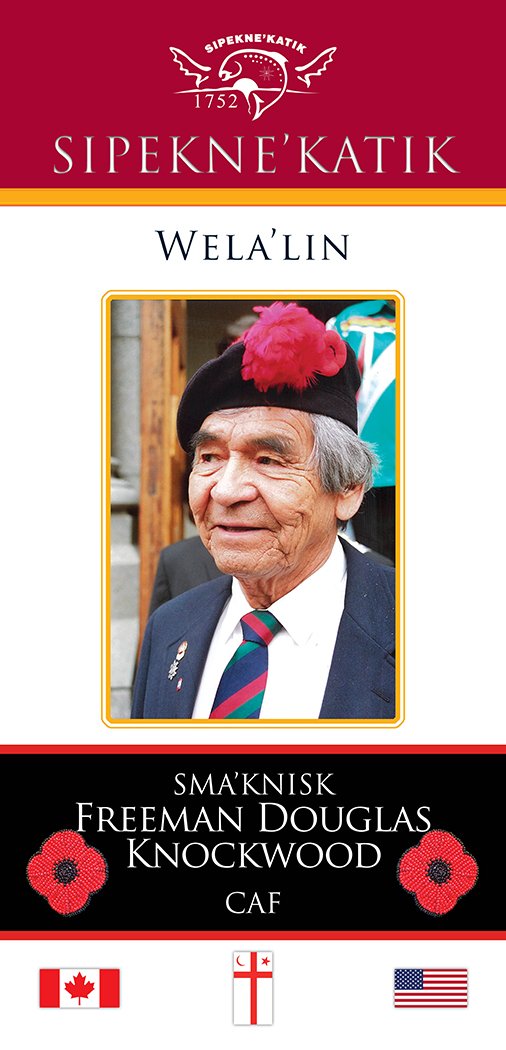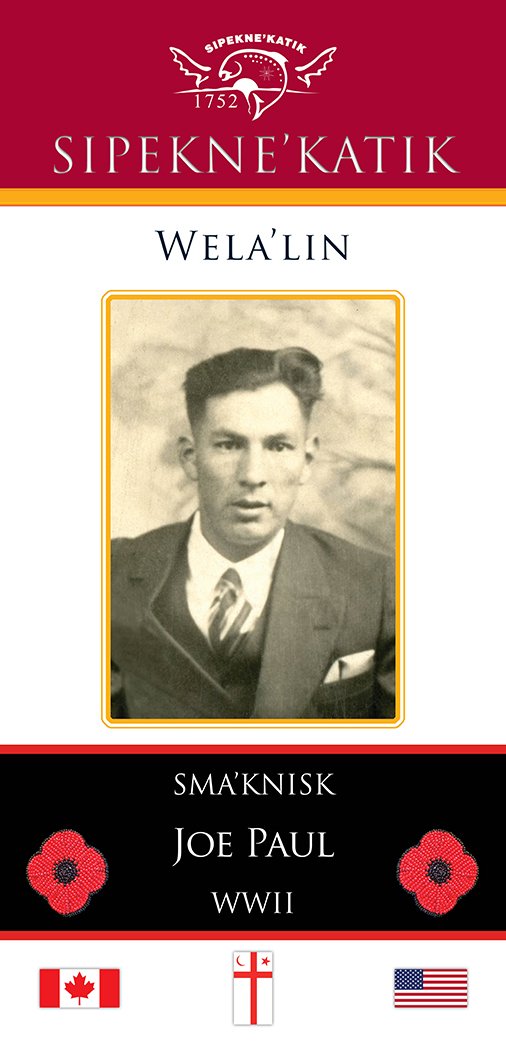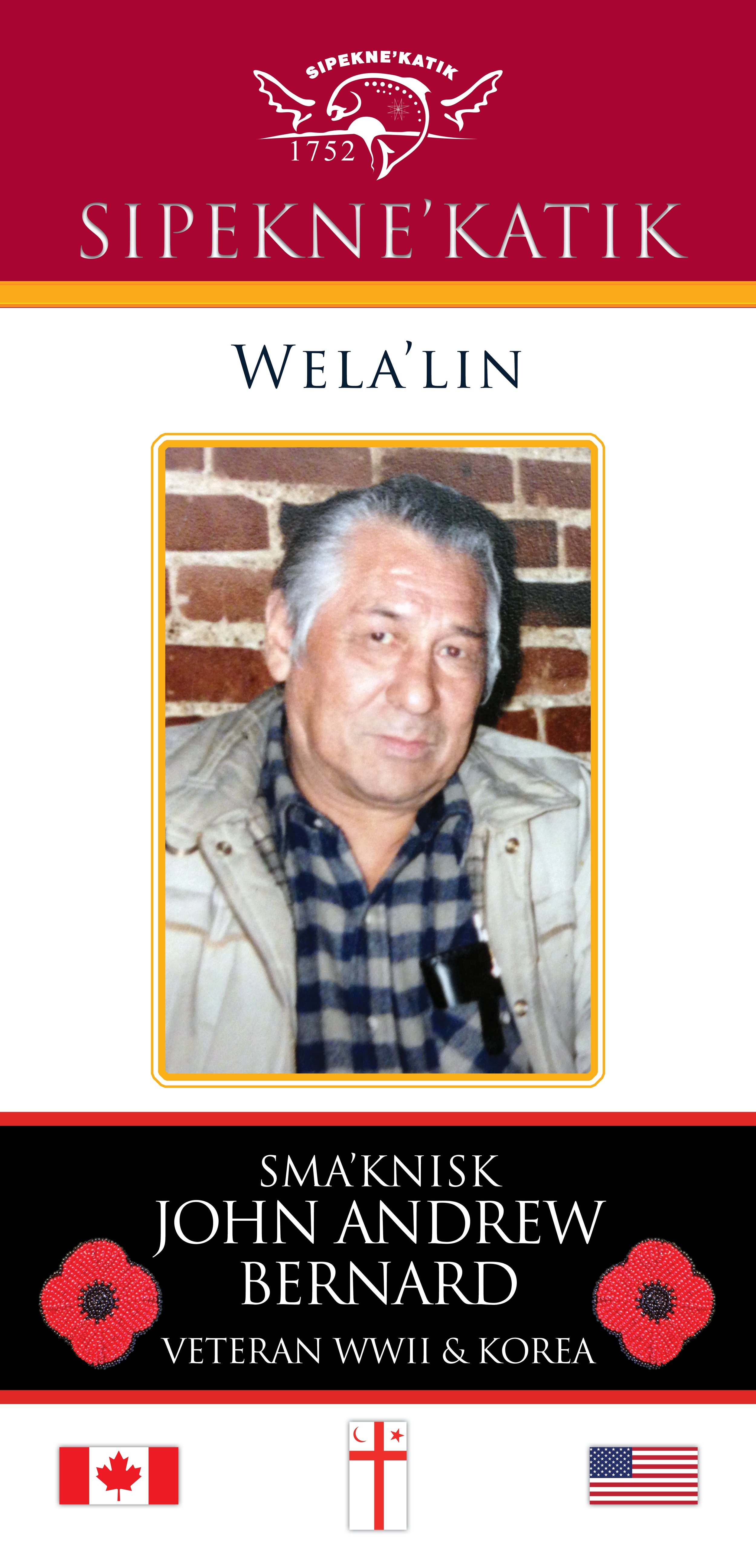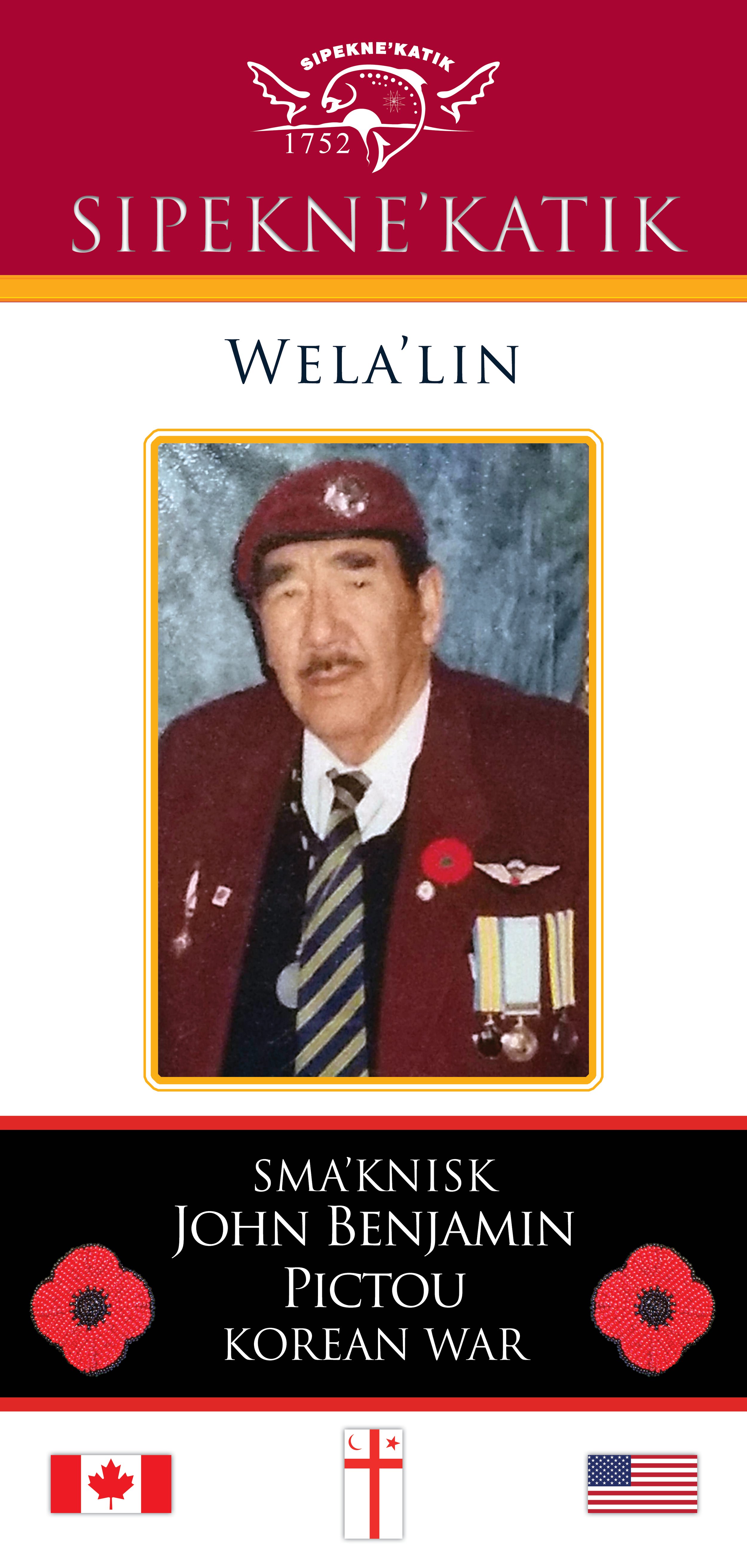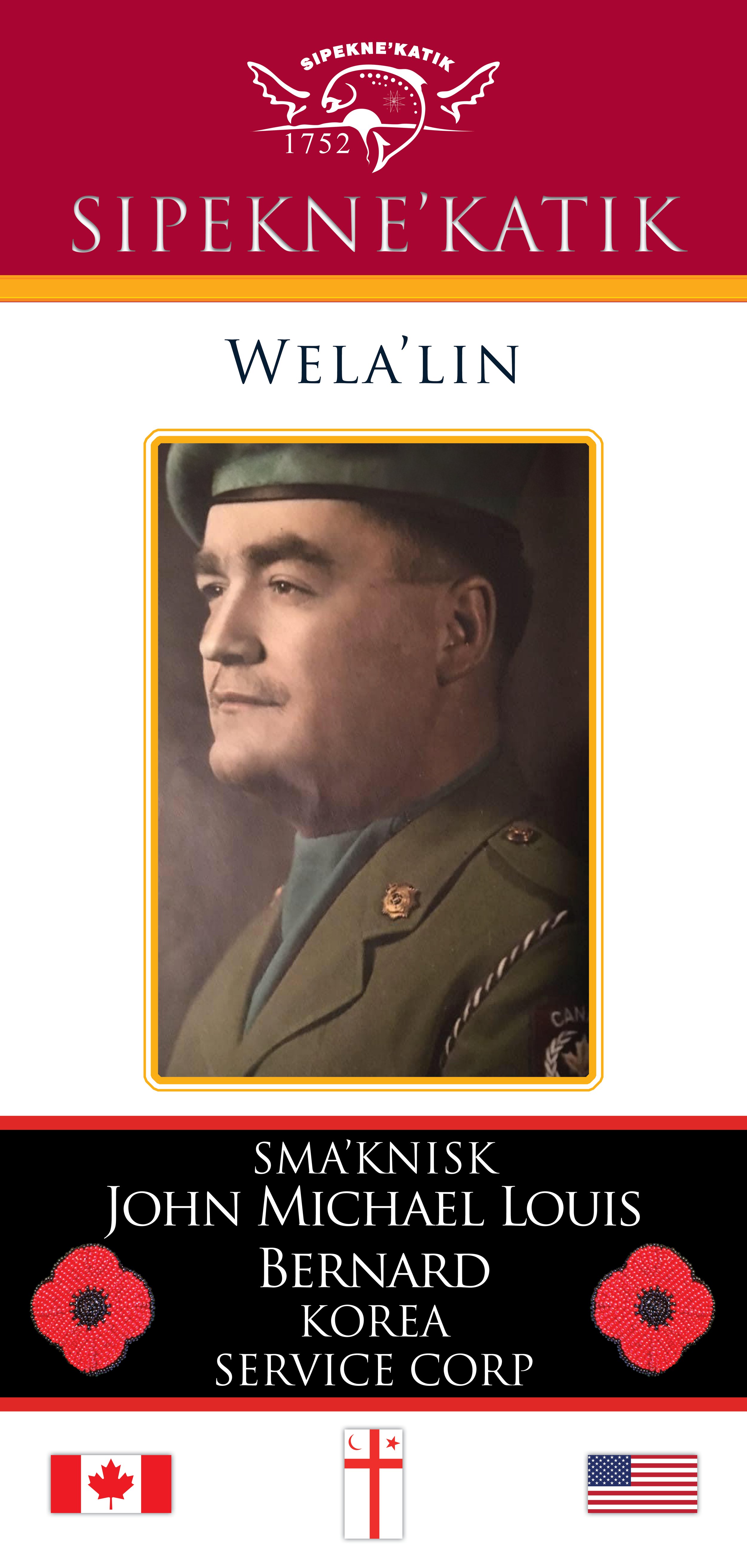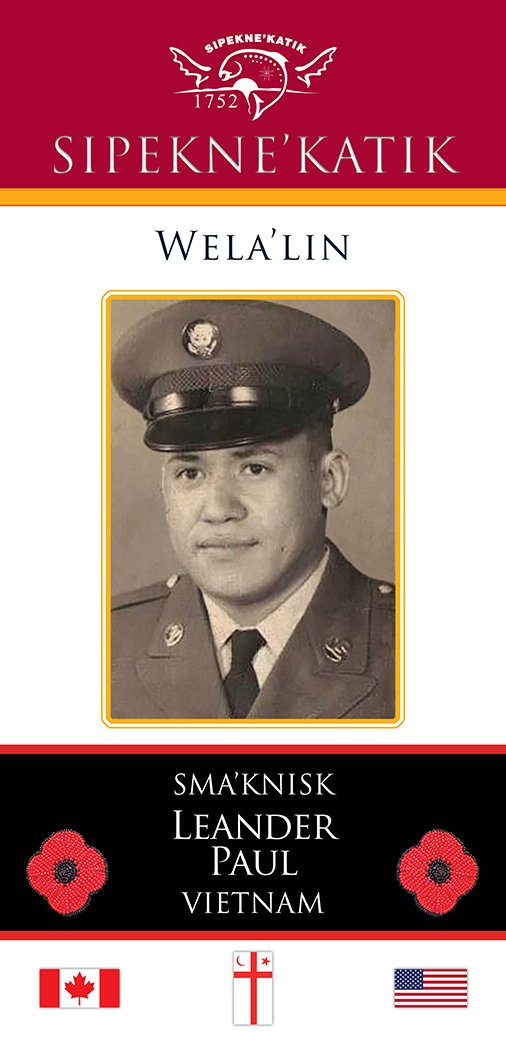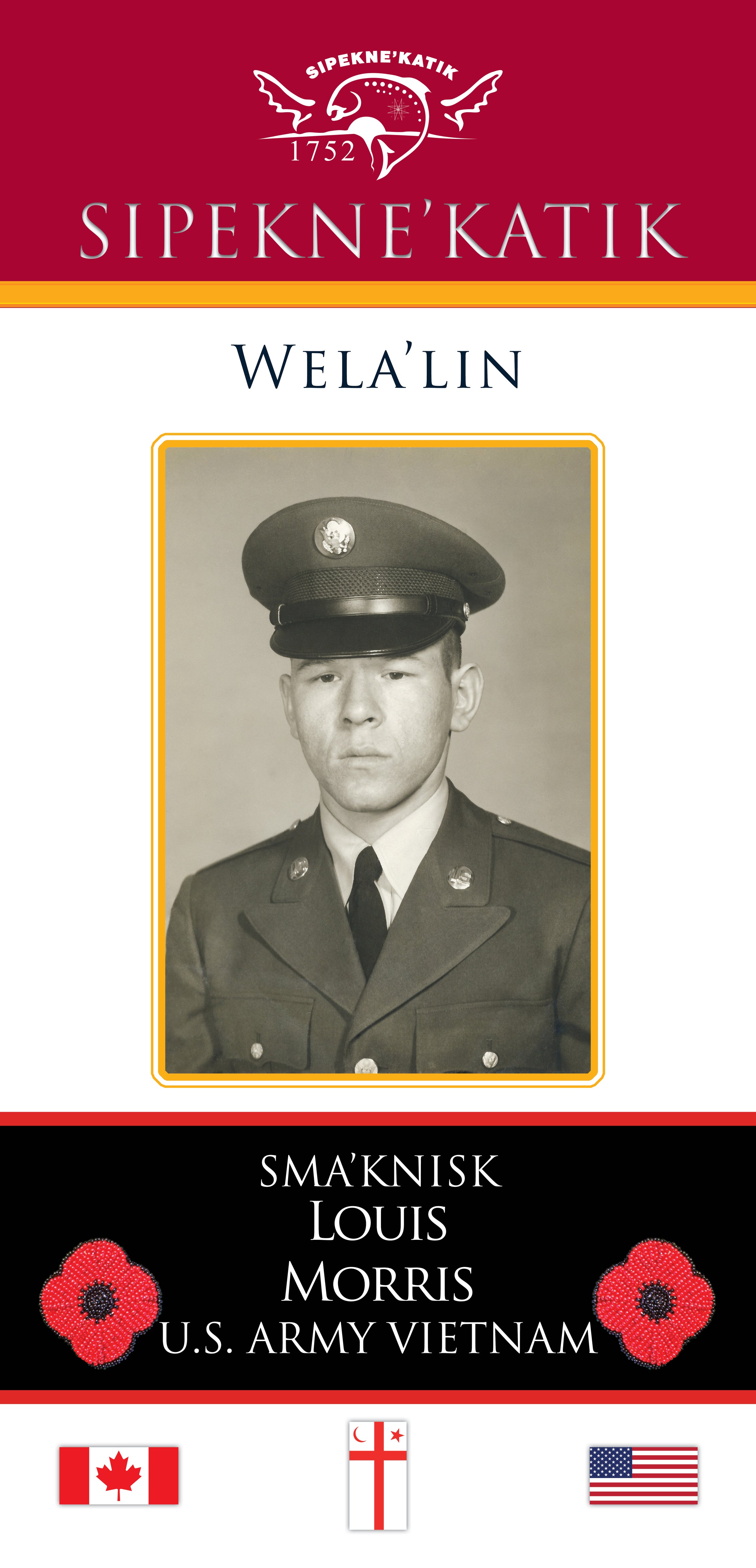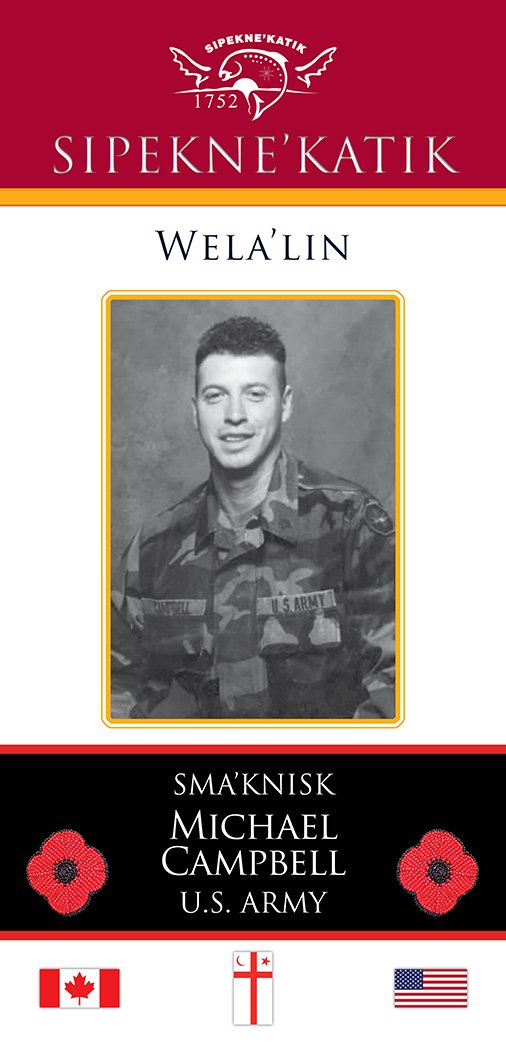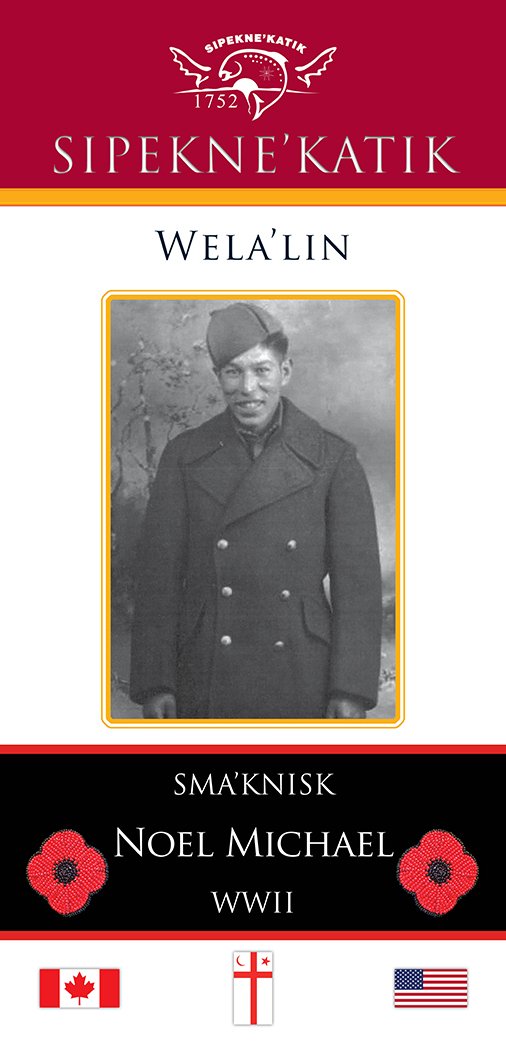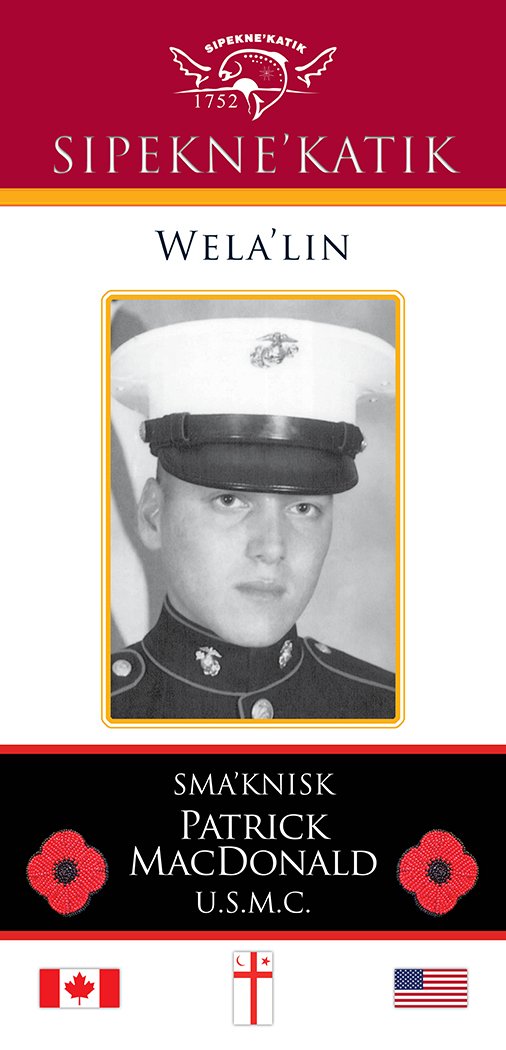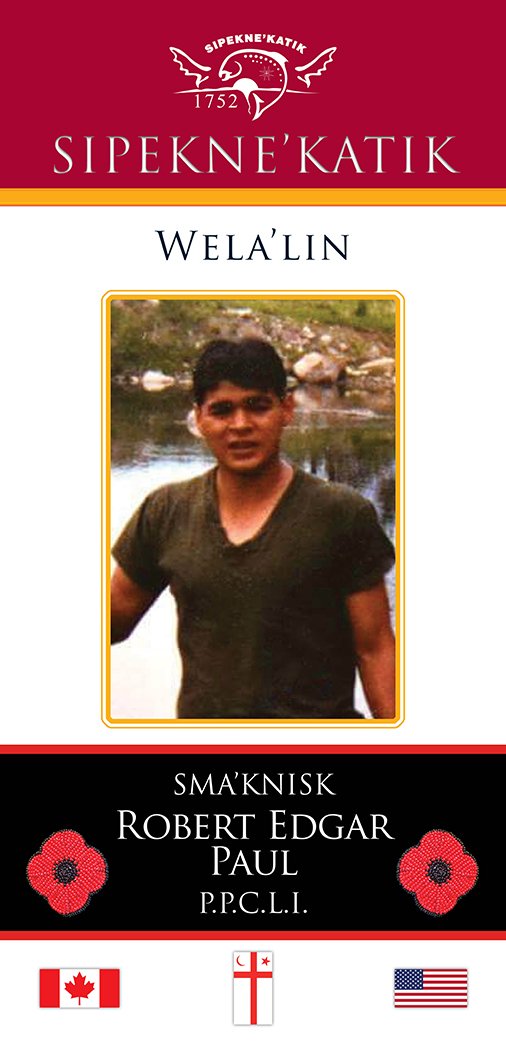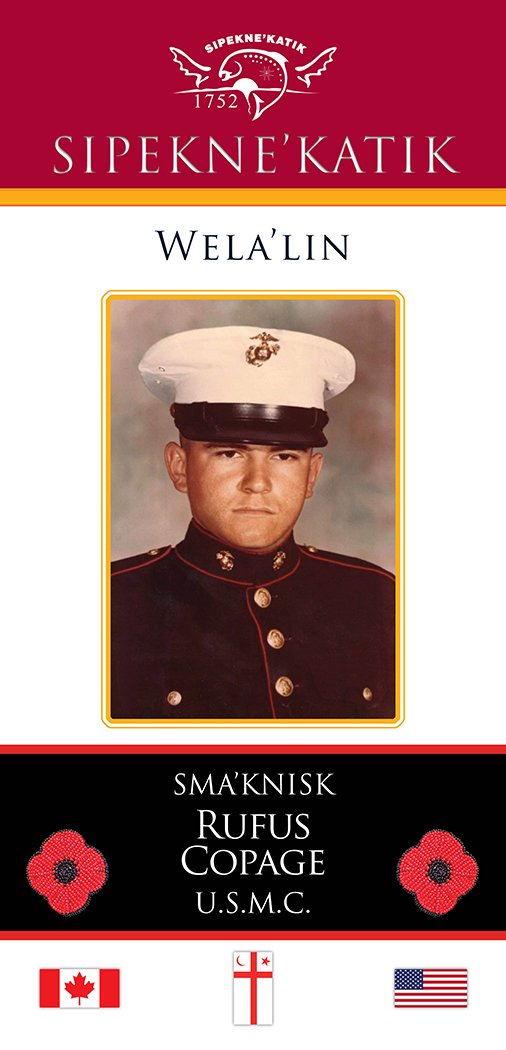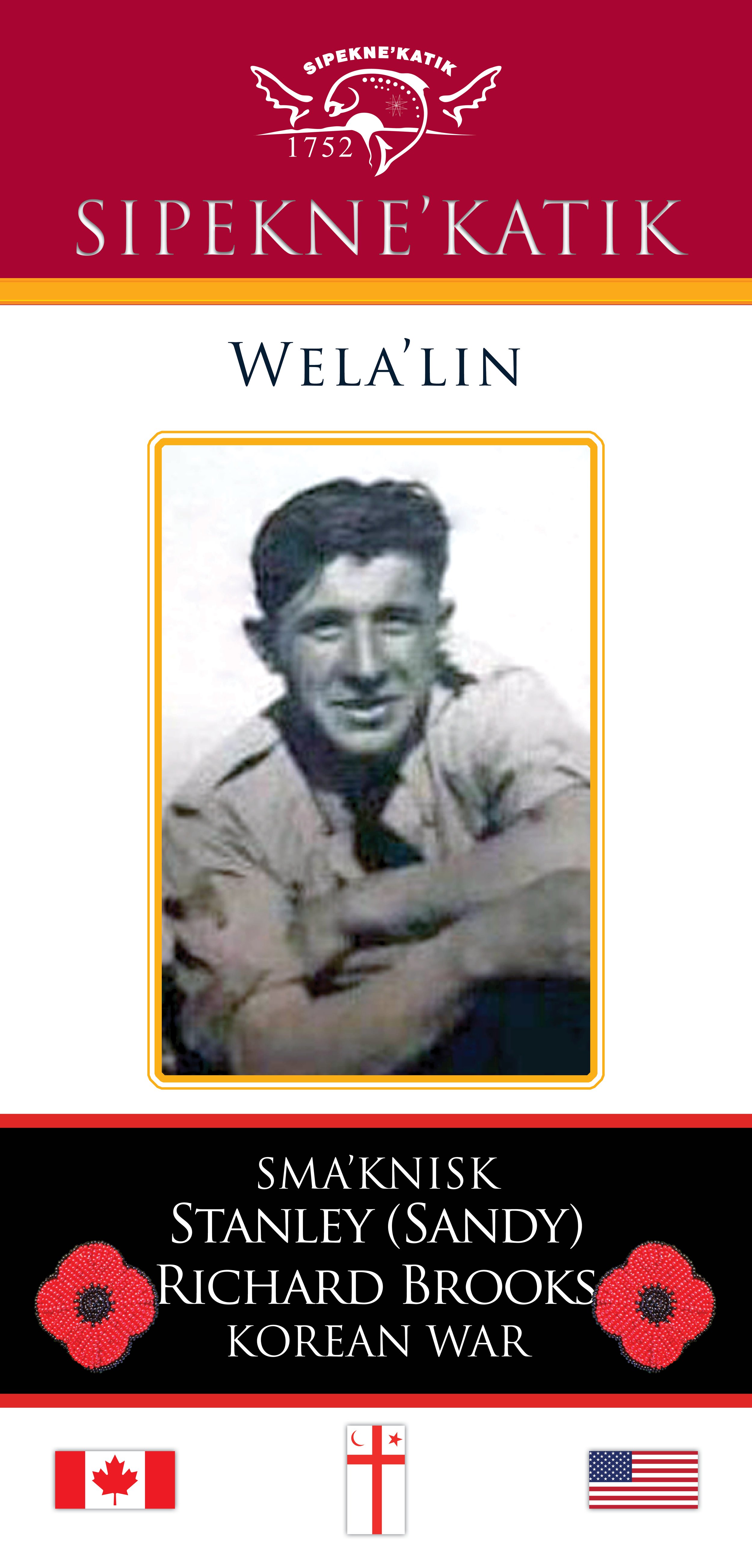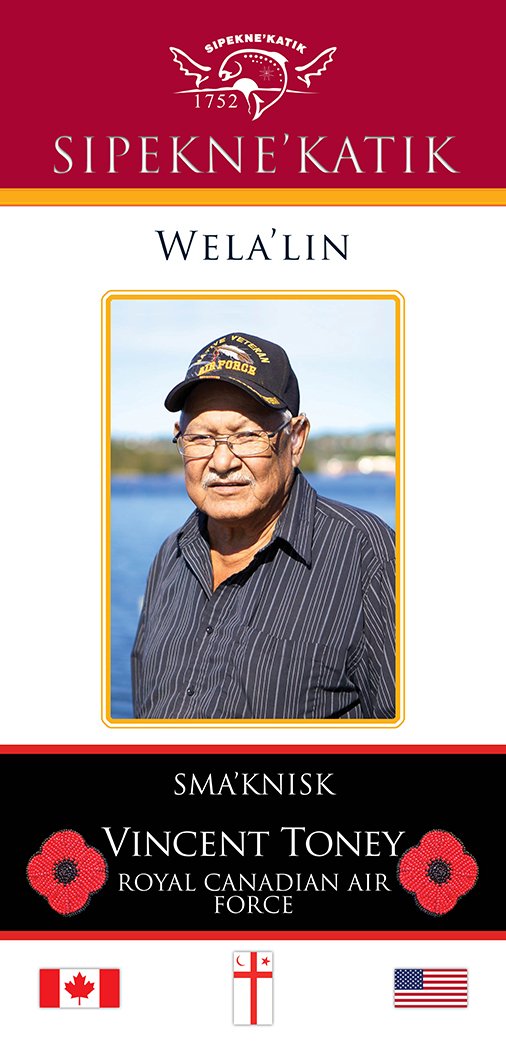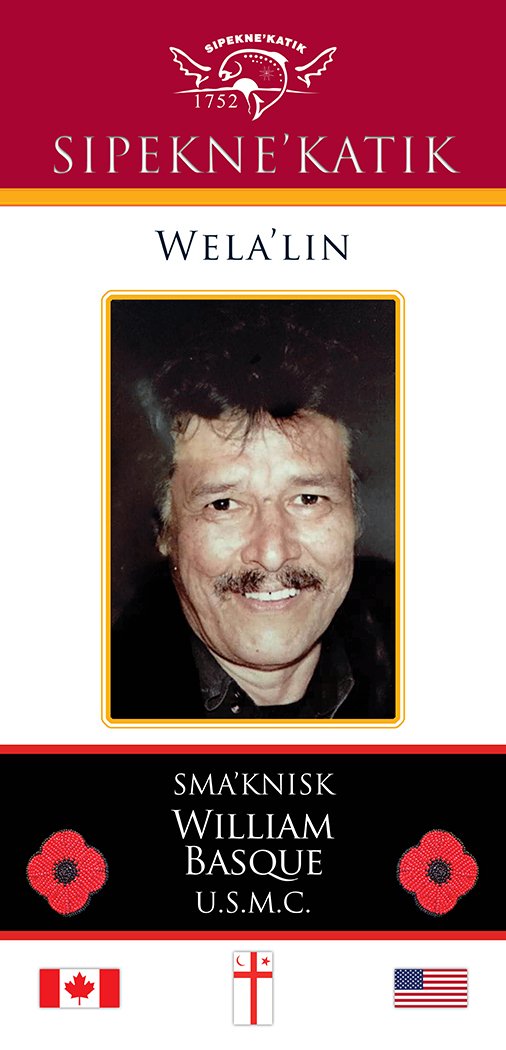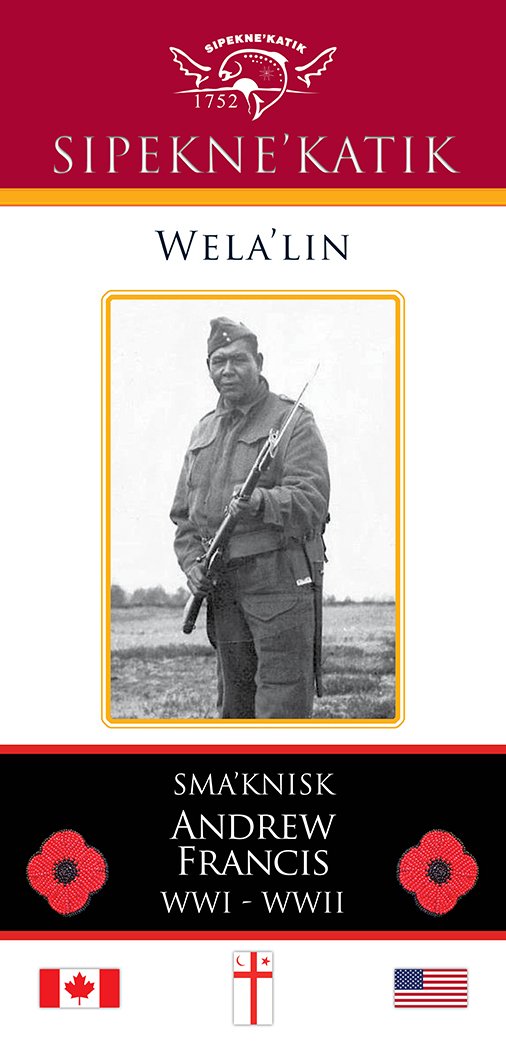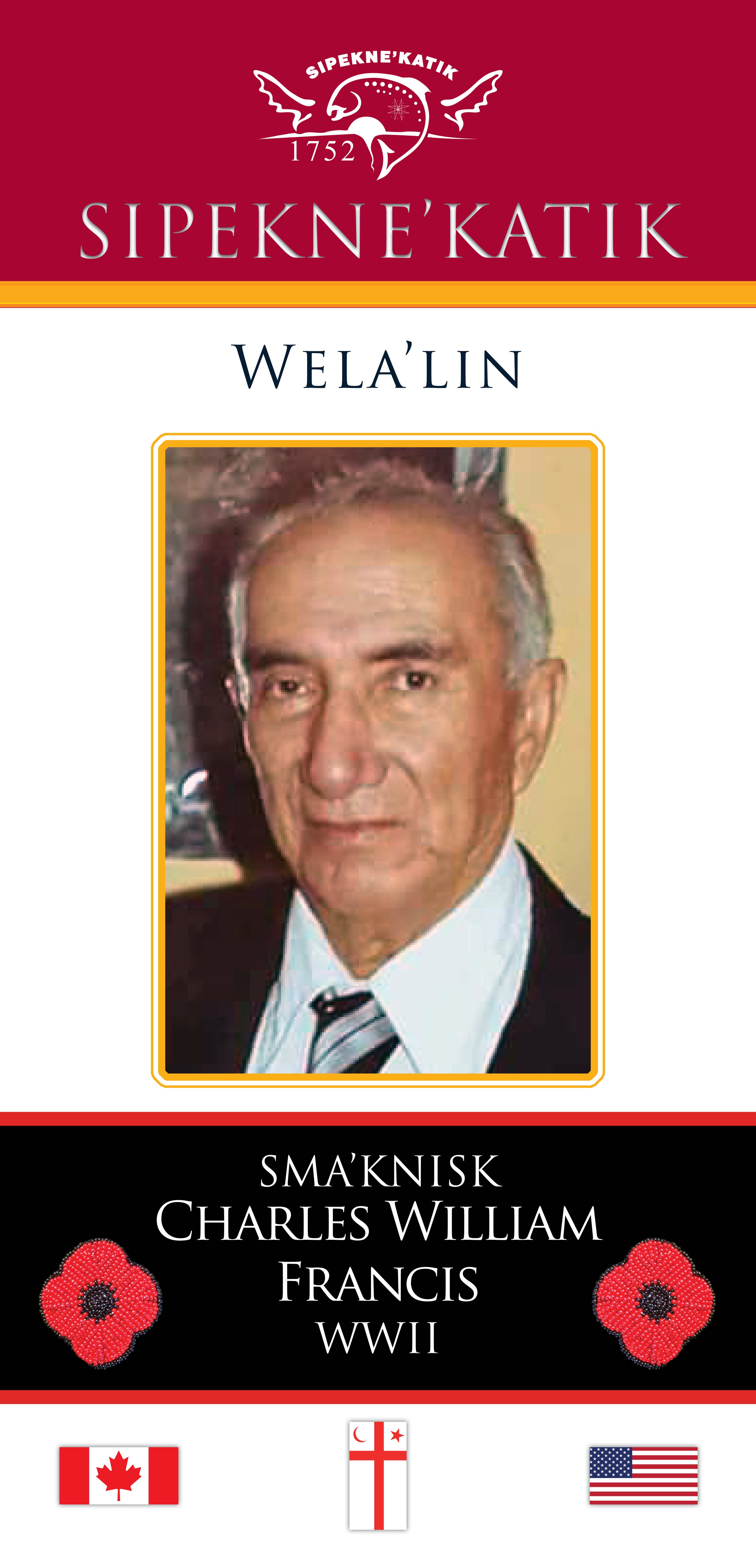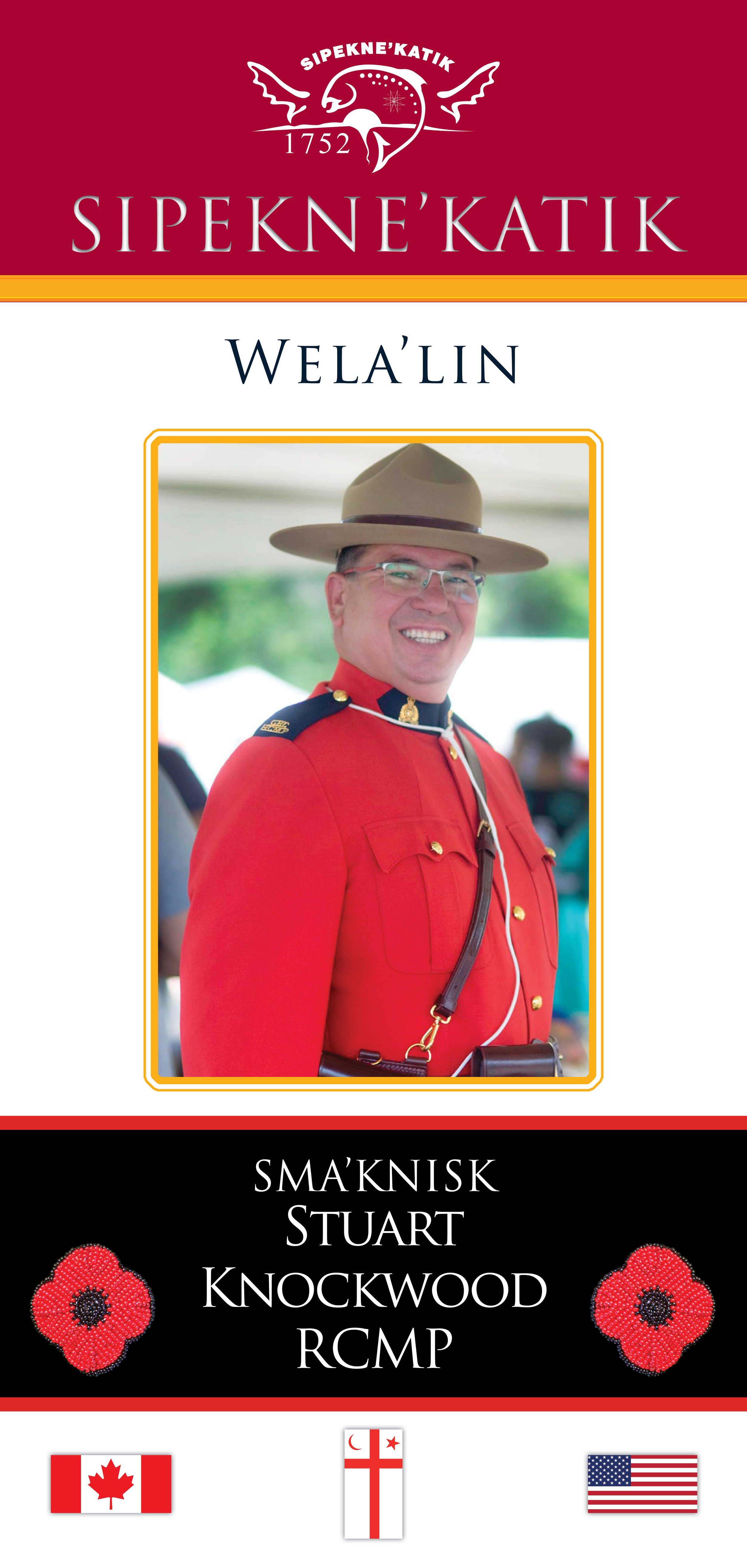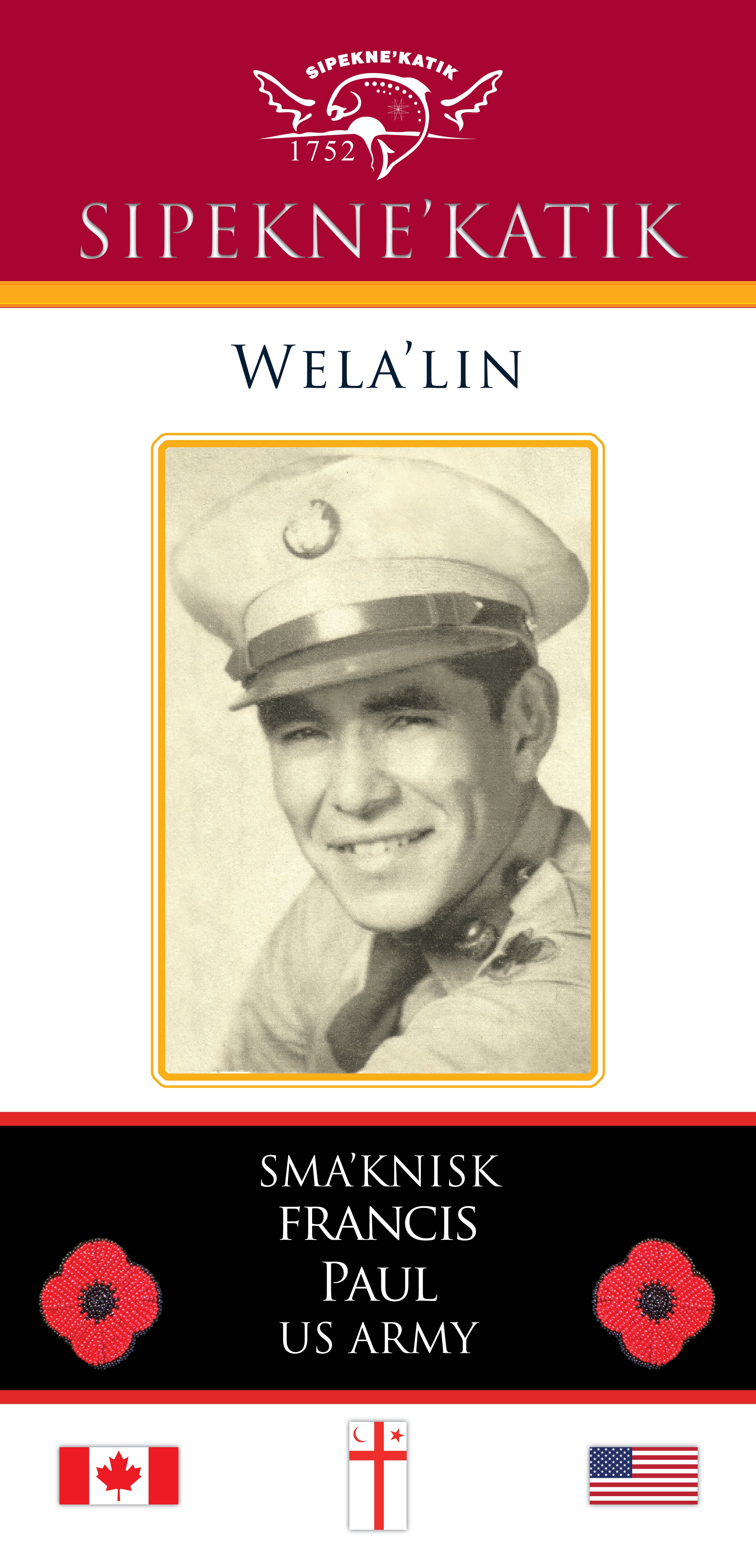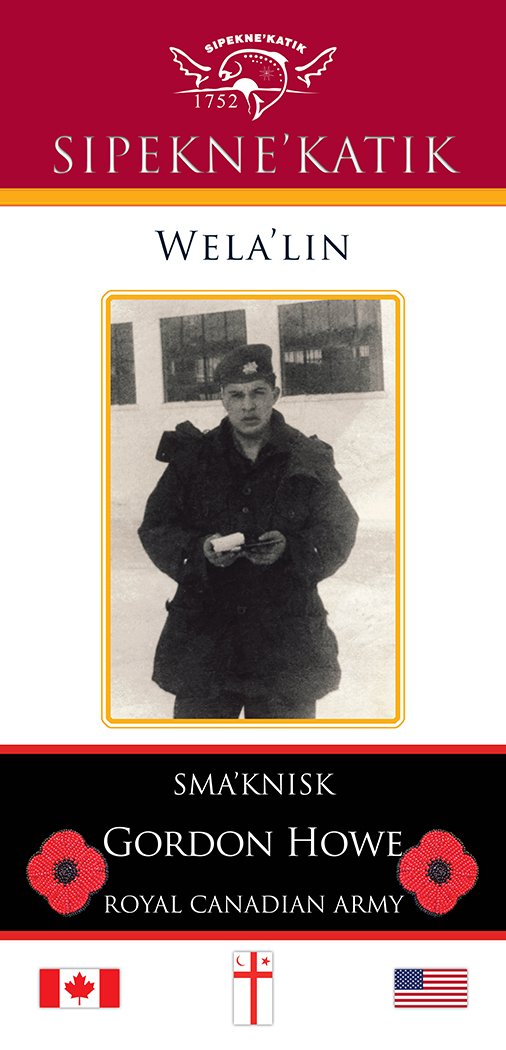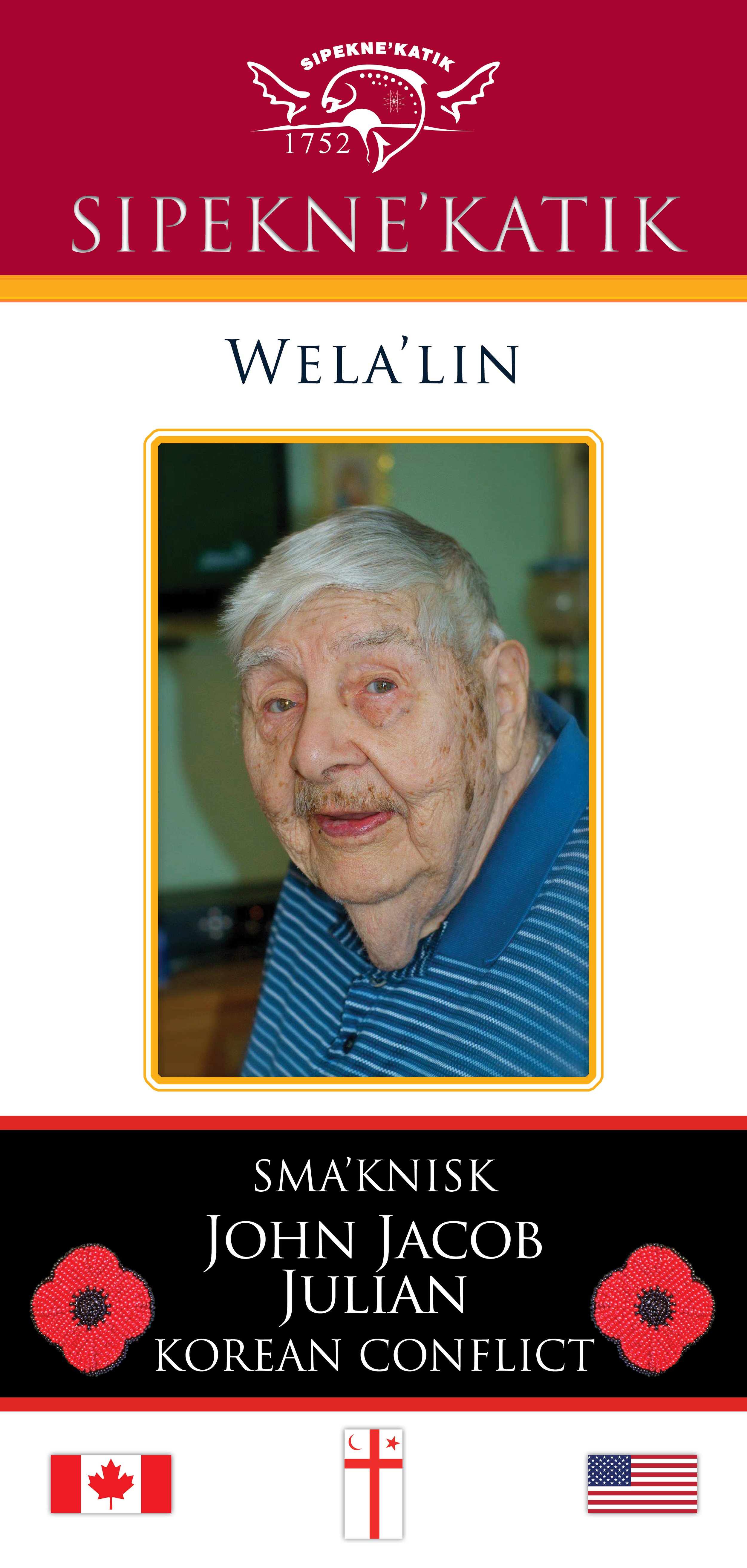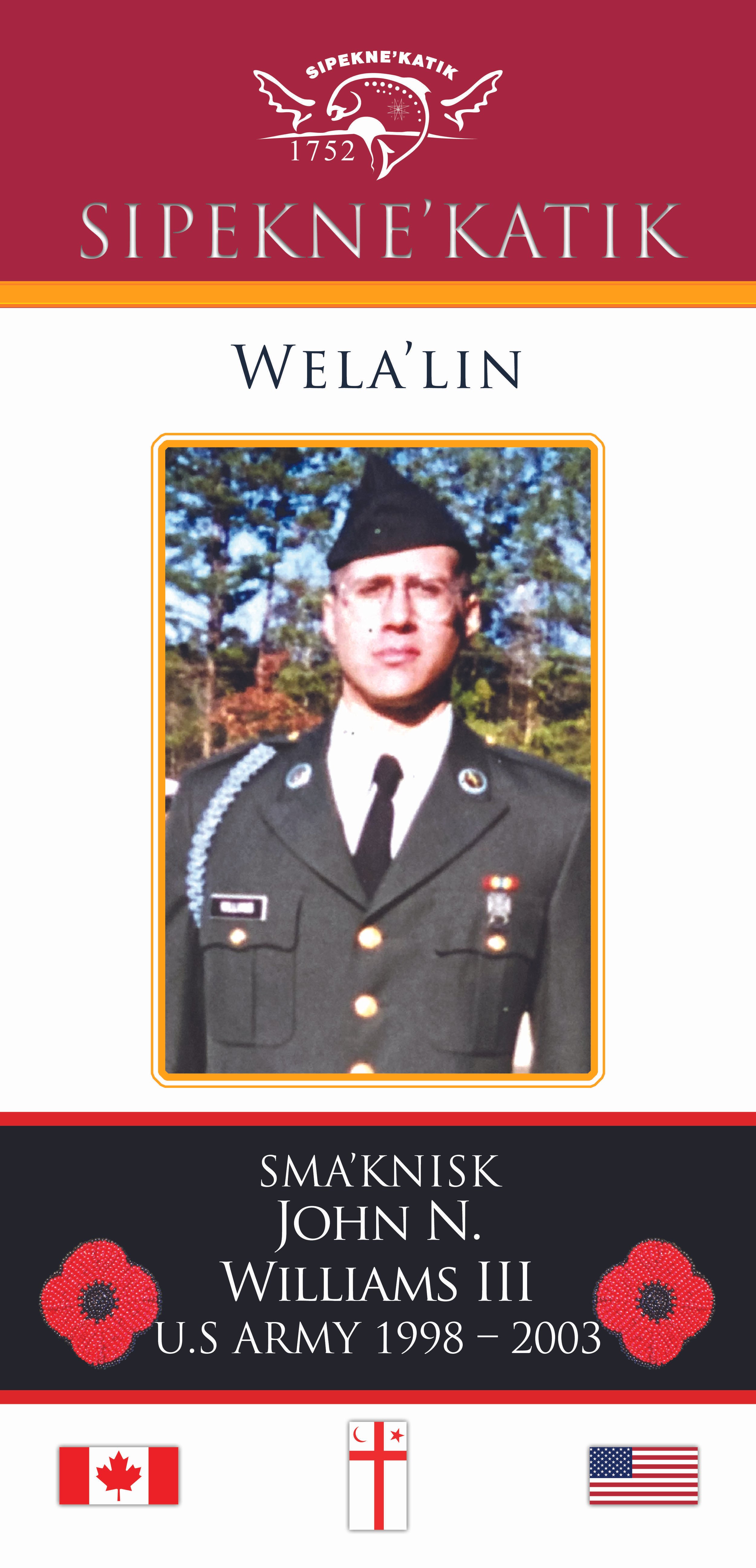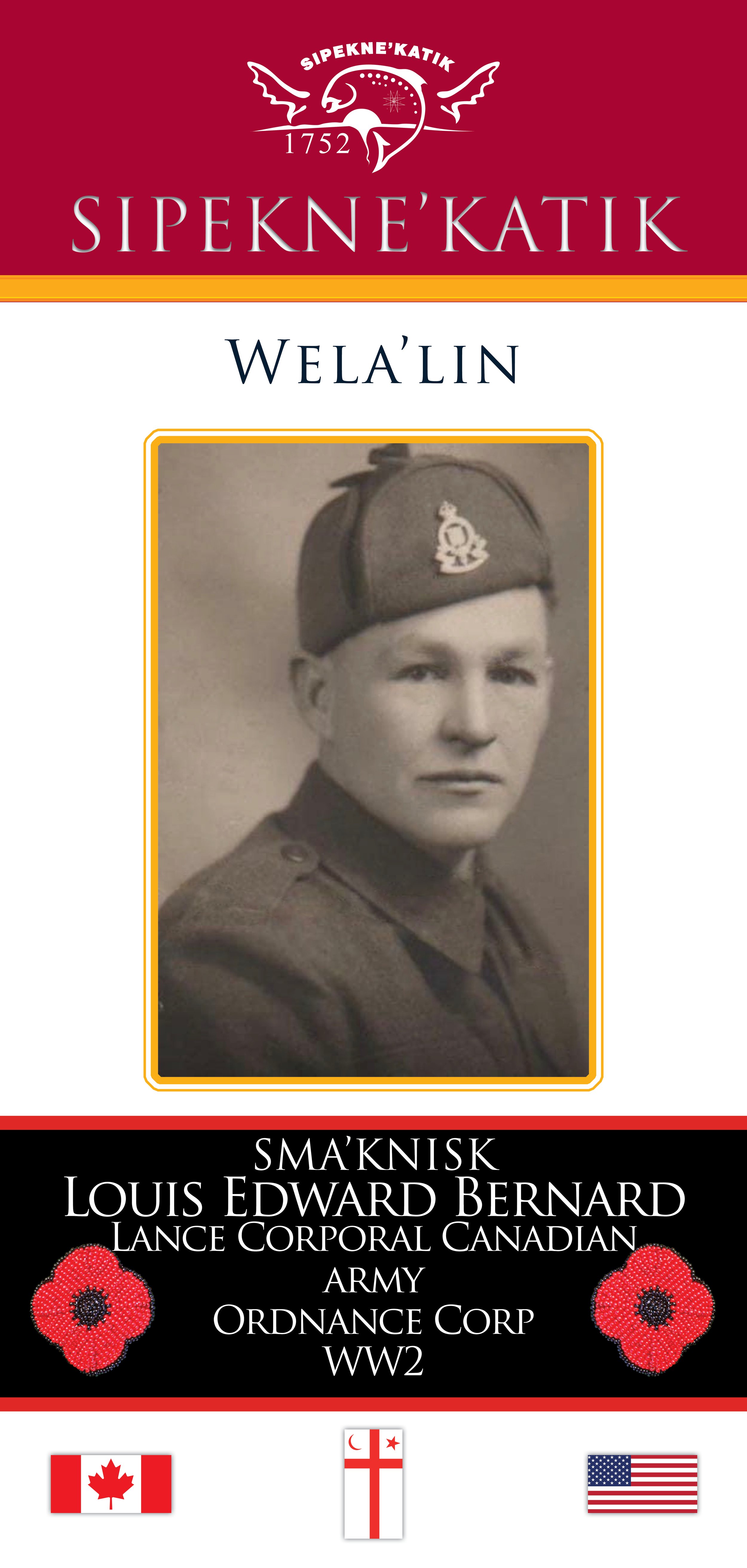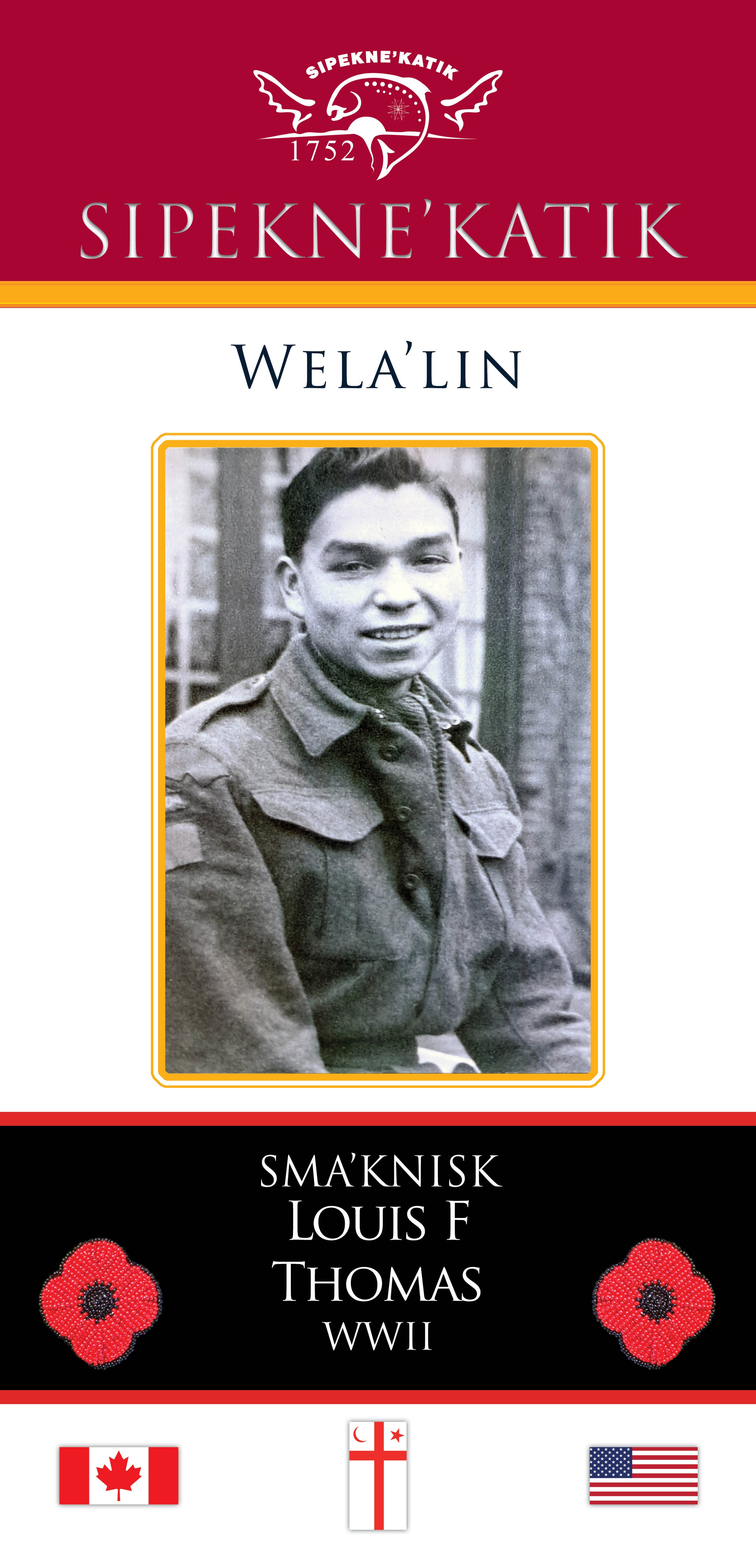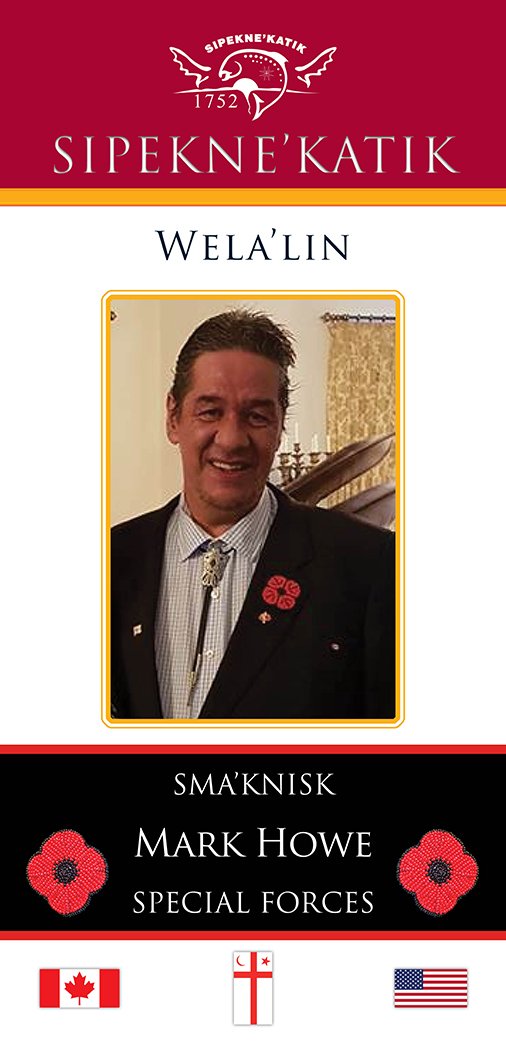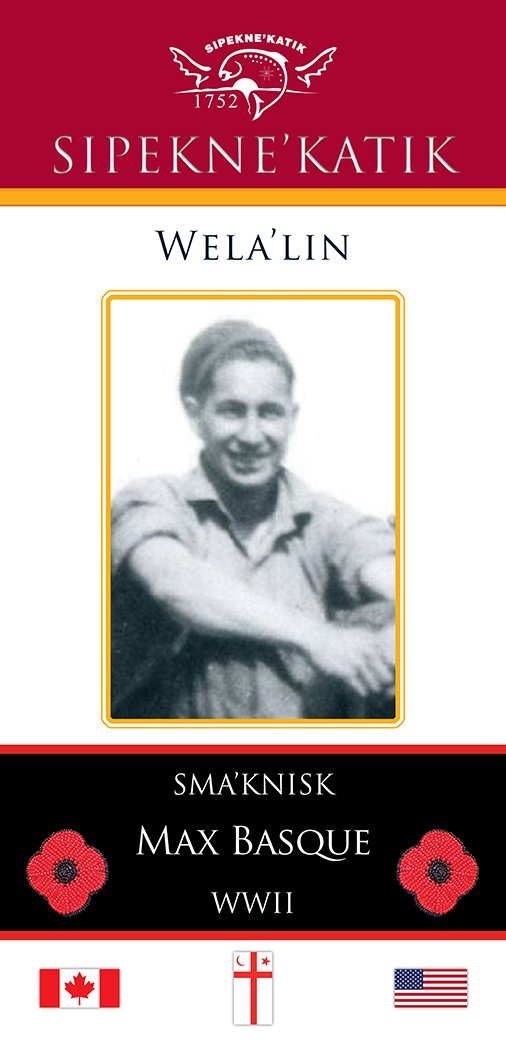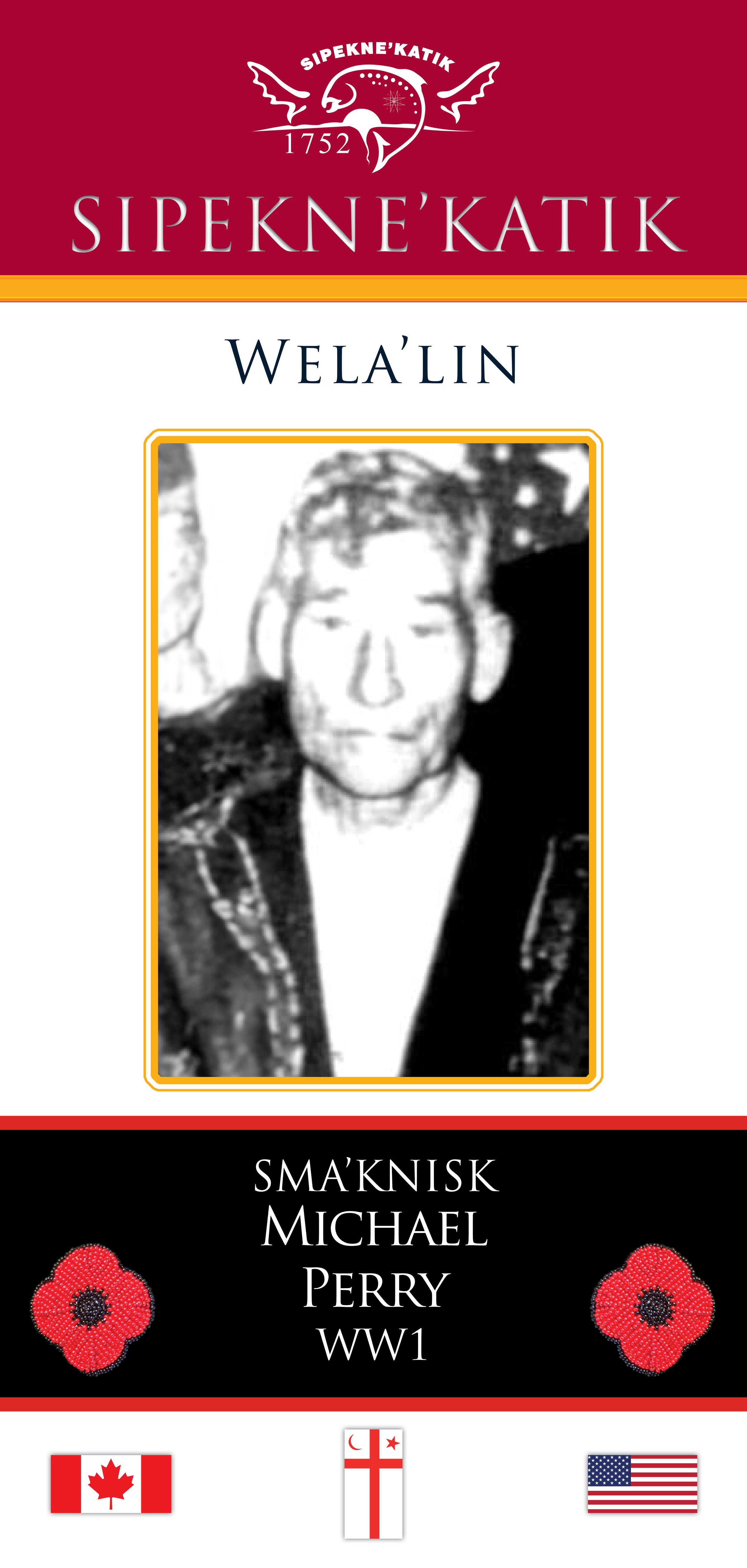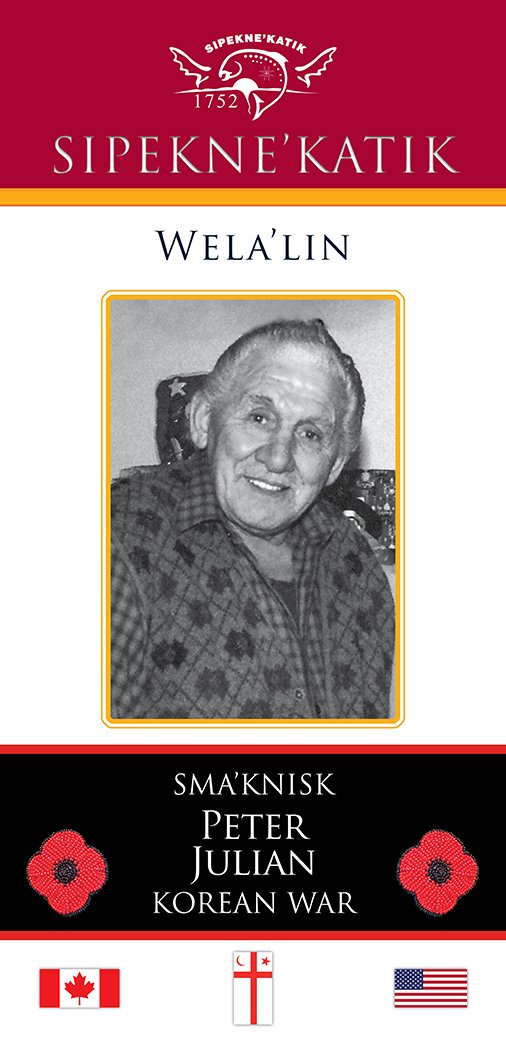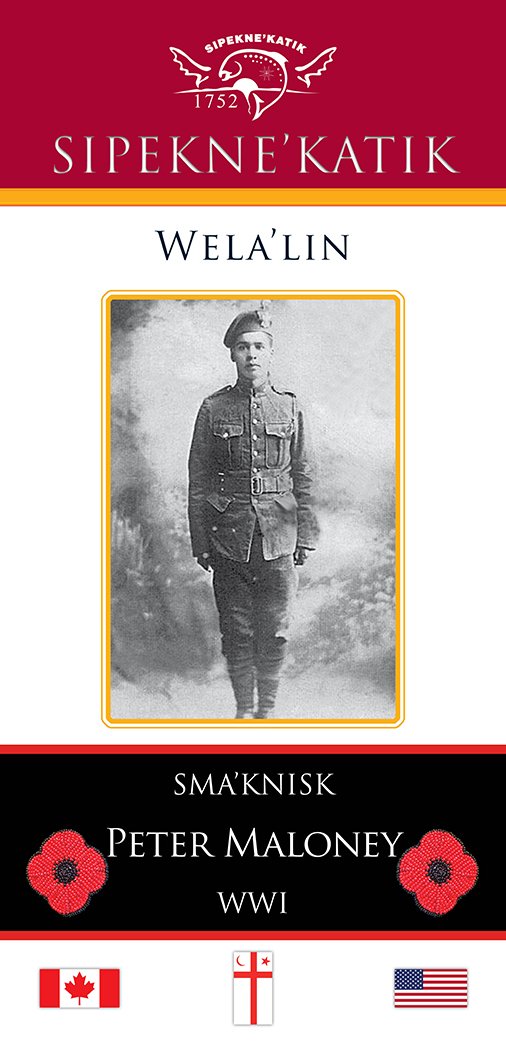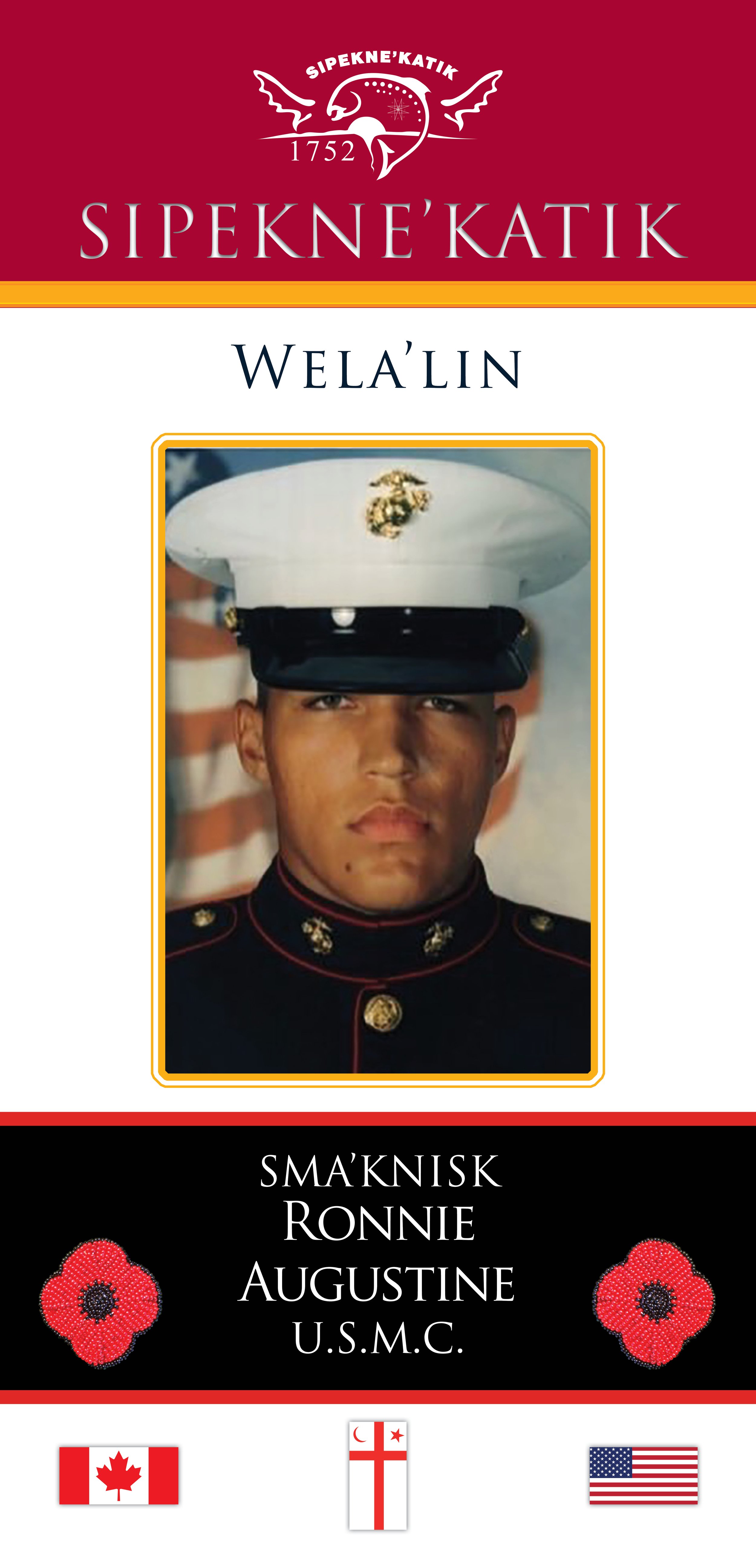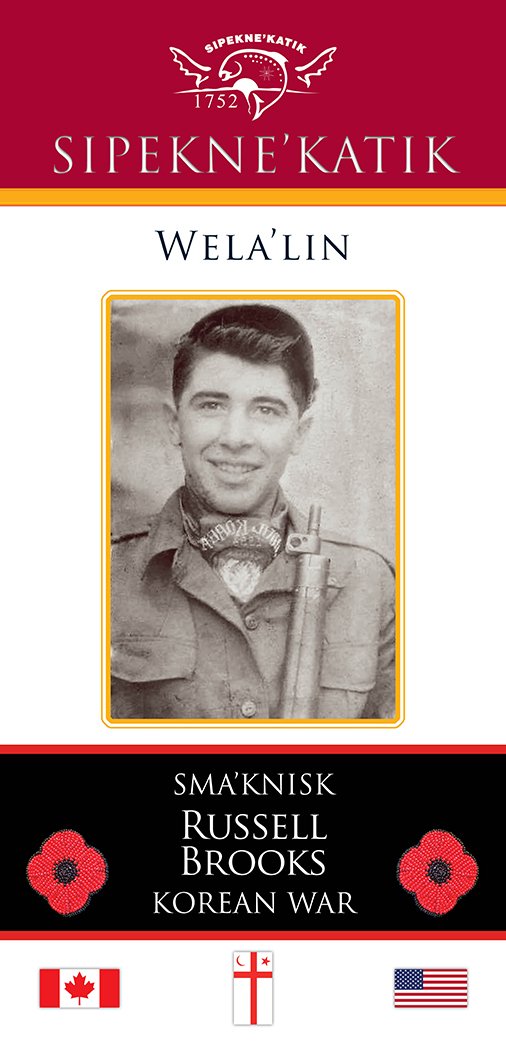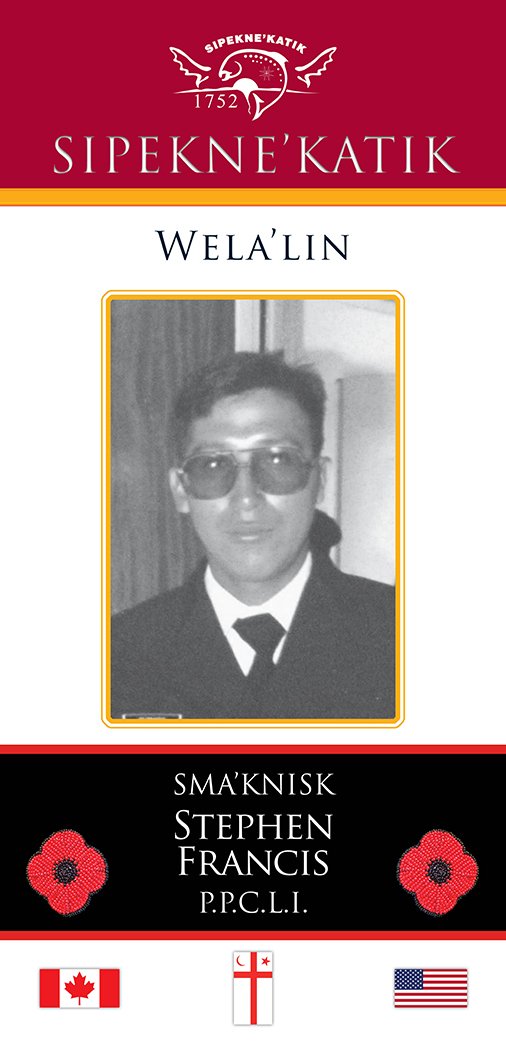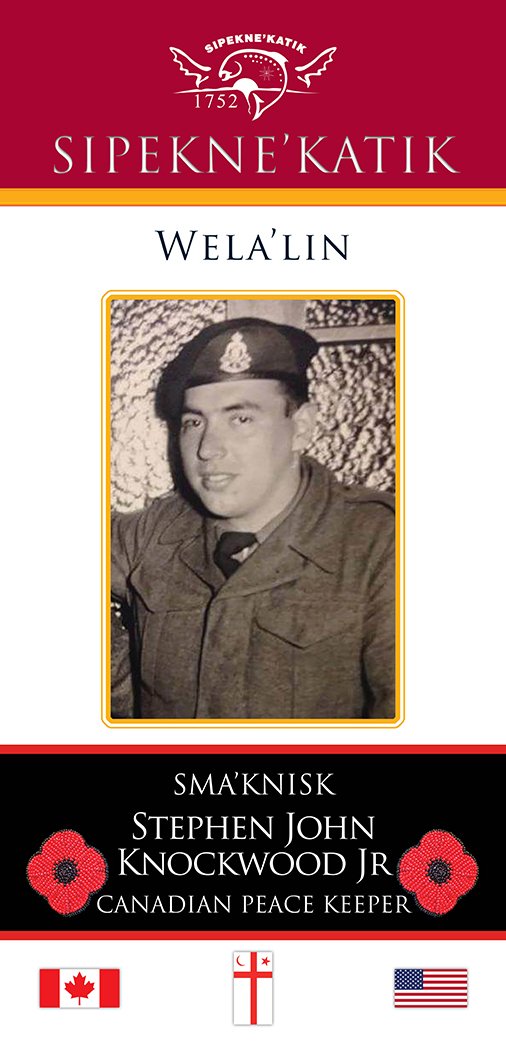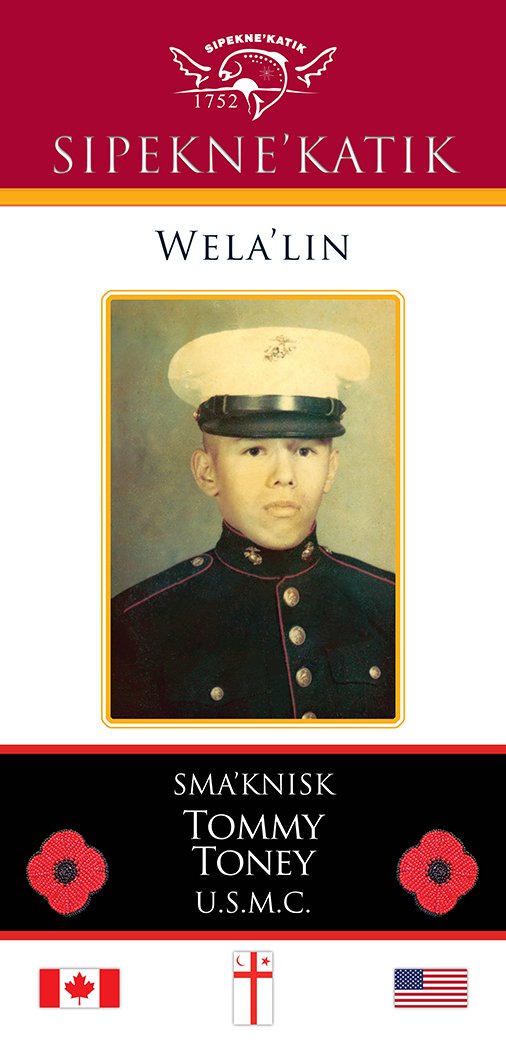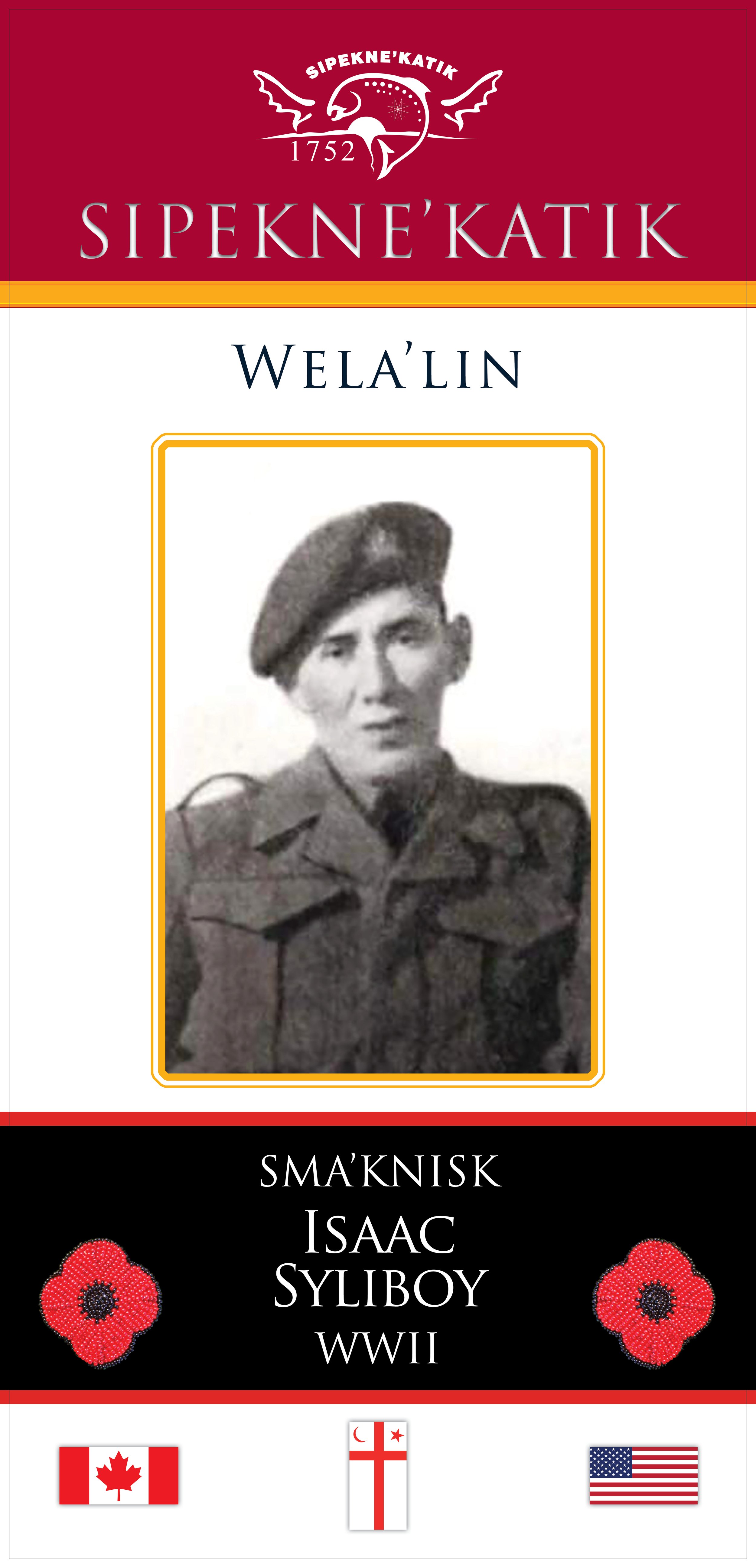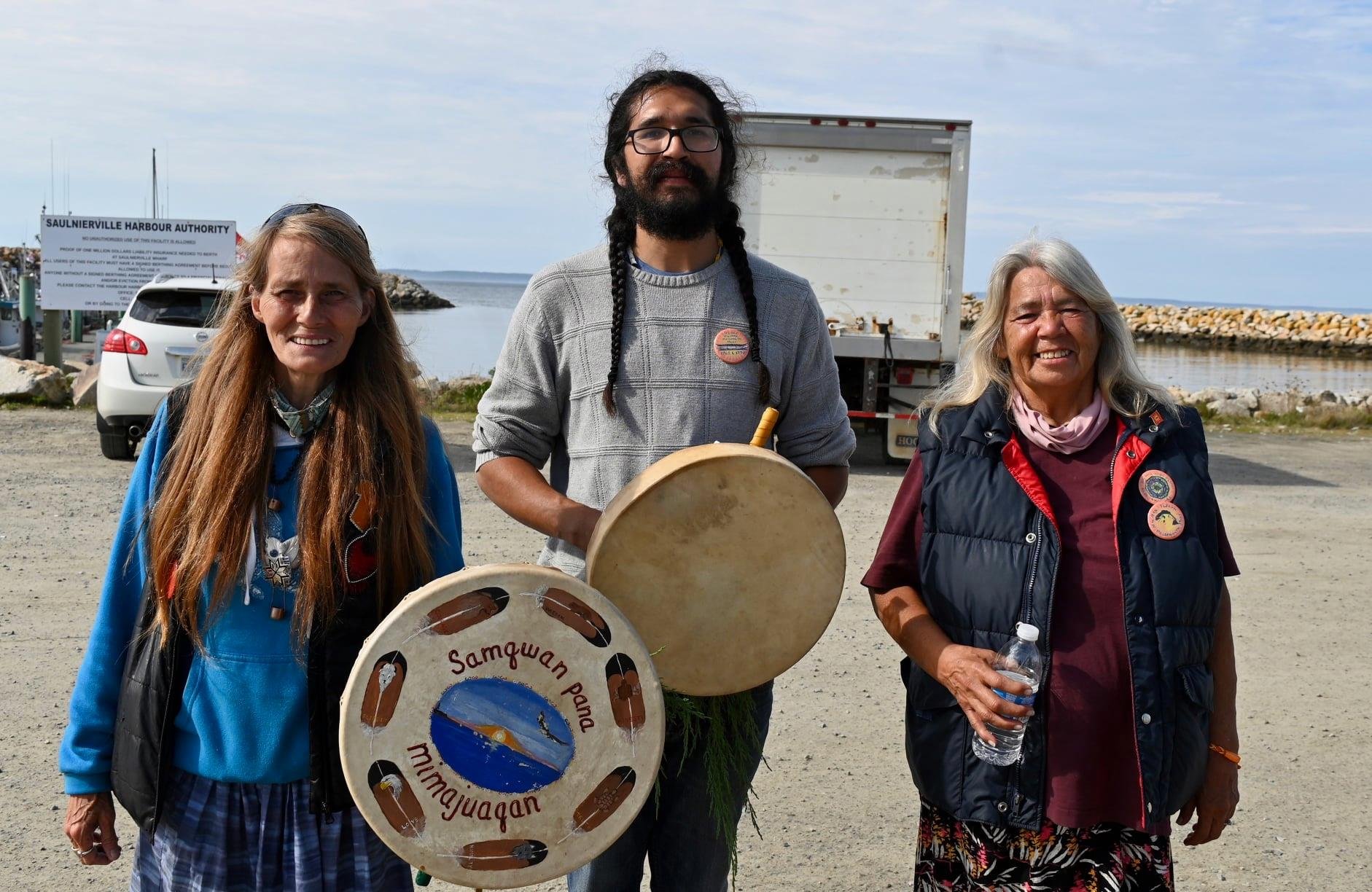
History
Founded in 1820
Sipekne’katik First Nation was officially founded in 1820 as a parcel of land established as a reserve, and at the time, was given the name ‘Indian Brook’. In 2013, the name was changed to the traditional name, Sipekne’katik, which means “where the wild potatoes grow”. According to Mi’kmaq oral history, this area may have been used for centuries prior as a sacred site to prepare for ceremonies, as well as hunting, gathering and fishing trips.
Sipekne’katik First Nation belongs to the wider Mi’kmaq Nation known as Mi’kma’ki that stretches from the Canadian Maritimes to the Gaspe Peninsula in Quebec. Mi’kmaq people also live in Newfoundland and in Maine. About 40,000 Mi’kmaq people live nationwide.
Our Origin
The history of Sipekne’katik traces back to a darker time in Canada’s colonial history. In 1699, Father Rale, among other settlers, colonizers and missionaries, began to force the entire Mi’kmaq population on peninsular Nova Scotia into one settlement near Sipekne’katik / Shubenacadie. The land of Sipekne’katik was primarily used as a site for mission work between 1700 and 1820. The Canadian Government’s centralization plan gained momentum in the 1900’s with the continued forced relocation of Mi’kmaq people to one area in mainland Nova Scotia around Sipekne’katik / Shubencadie. A large number of Mi’kmaq people relocated to live in the community of Sipekne’katik, and today there is still a large community of people living here.
Shubencadie Residential School was located near Sipekne’katik and was in operation from Feb. 5, 1930 until June 26, 1966. Approximately 1,000 Mi’kmaq children attended the school. Survivors still reside in our community today, with some contributing their stories to the Mi’kmawey Debert Cultural Centre IRS (Indian Residential School) Legacy Project. The IRS Legacy Project is a project of the Truth and Reconciliation Commission that began in 2013, dedicated to sharing Shubenacadie Indian Residential School survivor’s stories. Sipekne’katik is proud to be part of this ongoing project that honours the lives of survivors and their families through the sharing of their stories.
Our Influential People
Anna Mae Aquash (Pictou, 1945-1975) was born in Sipekne’katik and became a well-known First Nations activist. She moved to Boston in the 1960s to join the American Indian Movement (AIM) to fight for Indigenous resistance and education. She was part of several key demonstrations, including the Thanksgiving Day 1970 Mayflower II disruption and the 1972 Trail of Broken Treaties.
Jean Baptiste Cope (Major Cope, 1698- 1758-1760) Cope or kopit in Mi’kmaq means beaver, and this name was thought to have been given to Jean Baptiste by the French army. Jean Baptiste Cope was a key figure in Father Rale’s War, King William’s War and Father Le Loutre’s War. He was a Mi’kmaq Chief and negotiator who worked to achieve peace for the Mi’kmaq people at Sipekne’katik. Cope signed the Peace and Friendship Treaty of 1752. In 2002, a monument was built in Sipekne’katik to honour Jean Baptiste Cope and the signing of the 1752 Peace and Friendship Treaty.
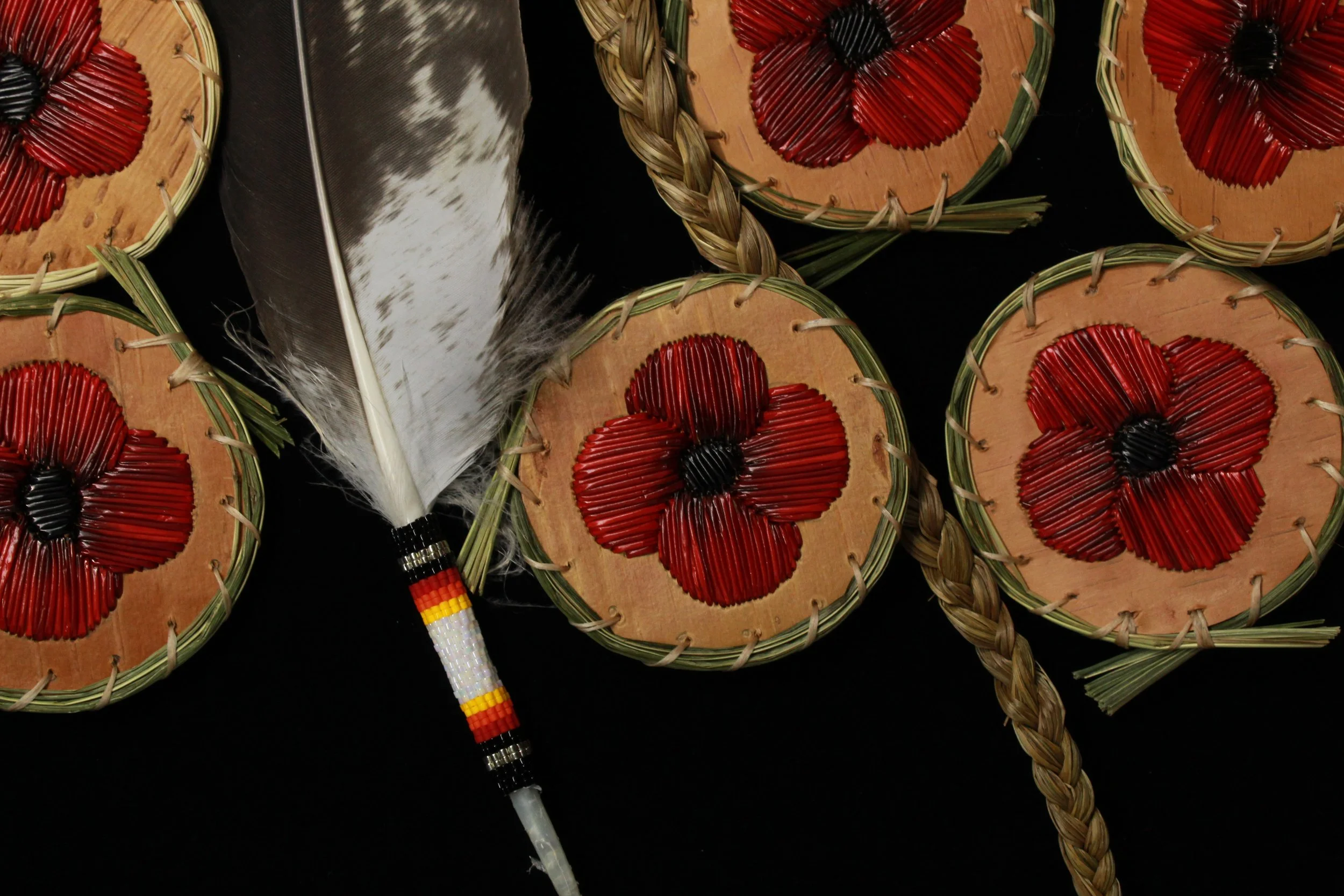
Honouring Sipekne’katik Veterans
